Here is a list of the strangest, bizarre and unusual forests to explore absolutely in the world!
Forests cover about 9.4% of Earth's surface . Unfortunately, this figure only drops from year to year as forests once covered more than 50% of the globe. Most people think that a forest is only made up of trees, but the forest ecosystem includes much more than that as smaller plants, fungi, bacteria, insects, animals, etc. For the moment, still a large majority of the inhabitants on Earth are able to enjoy the tranquility of an old forest. However, some people have never had the chance to enter one of them. Actually, 10 countries have 80% of the forest surface including Indonesia, Mexico, Papua New Guinea and Brazil.
When you enter a forest, a pleasant fresh air is felt. Then you remember the life around you. There is in the world of forests that visit for a whole other reason: their trees. Here are 15 forests that you must absolutely visit for their strange side!
The Hardwood in Poland
These twisted trees located near Gryfino, Poland, were planted in the 1930s, but it is about everything we know about them. One of the theories concerning them is that they have been manipulated so that they grow in this way for purposes of naval construction.
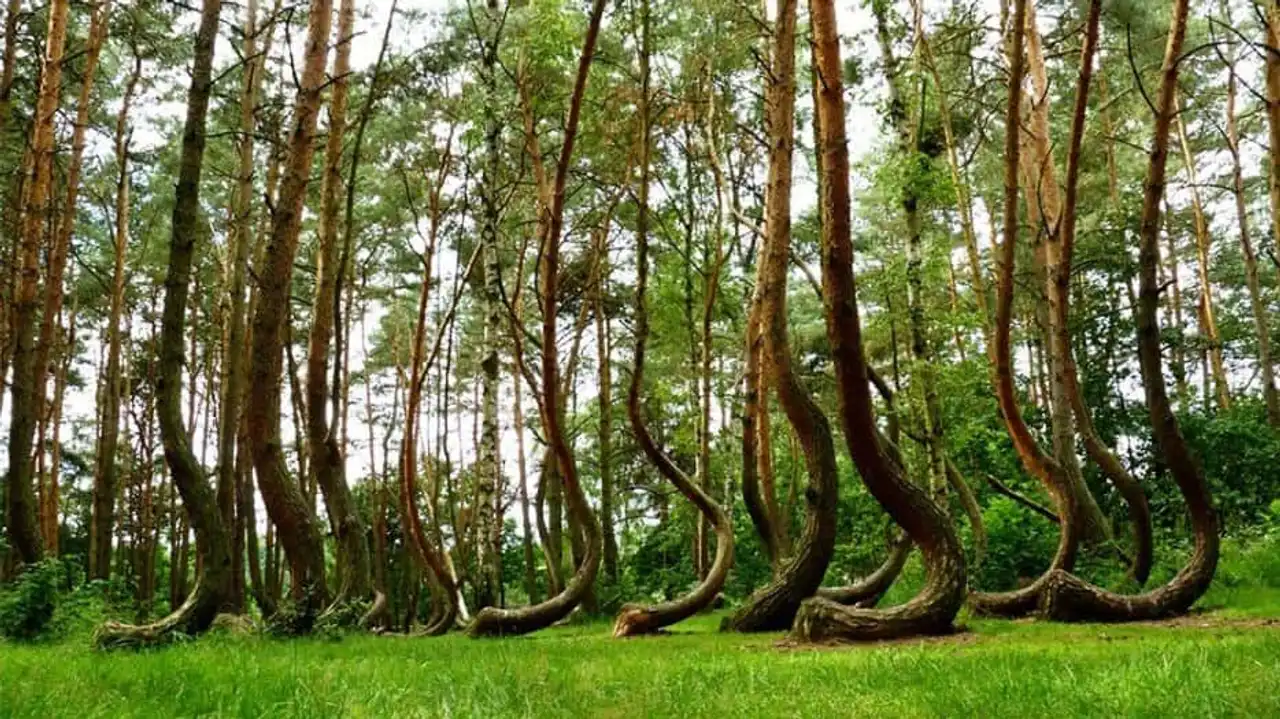
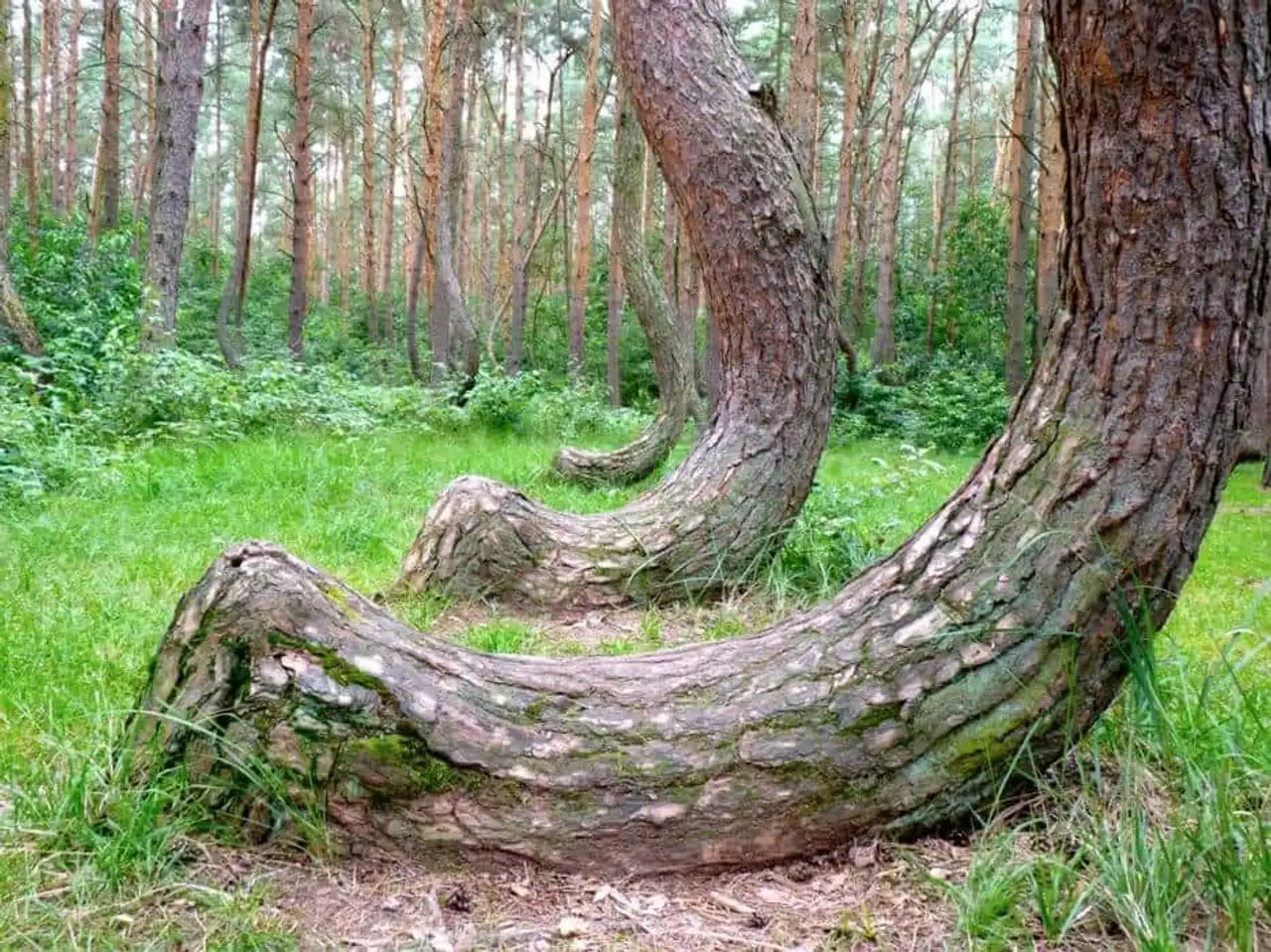
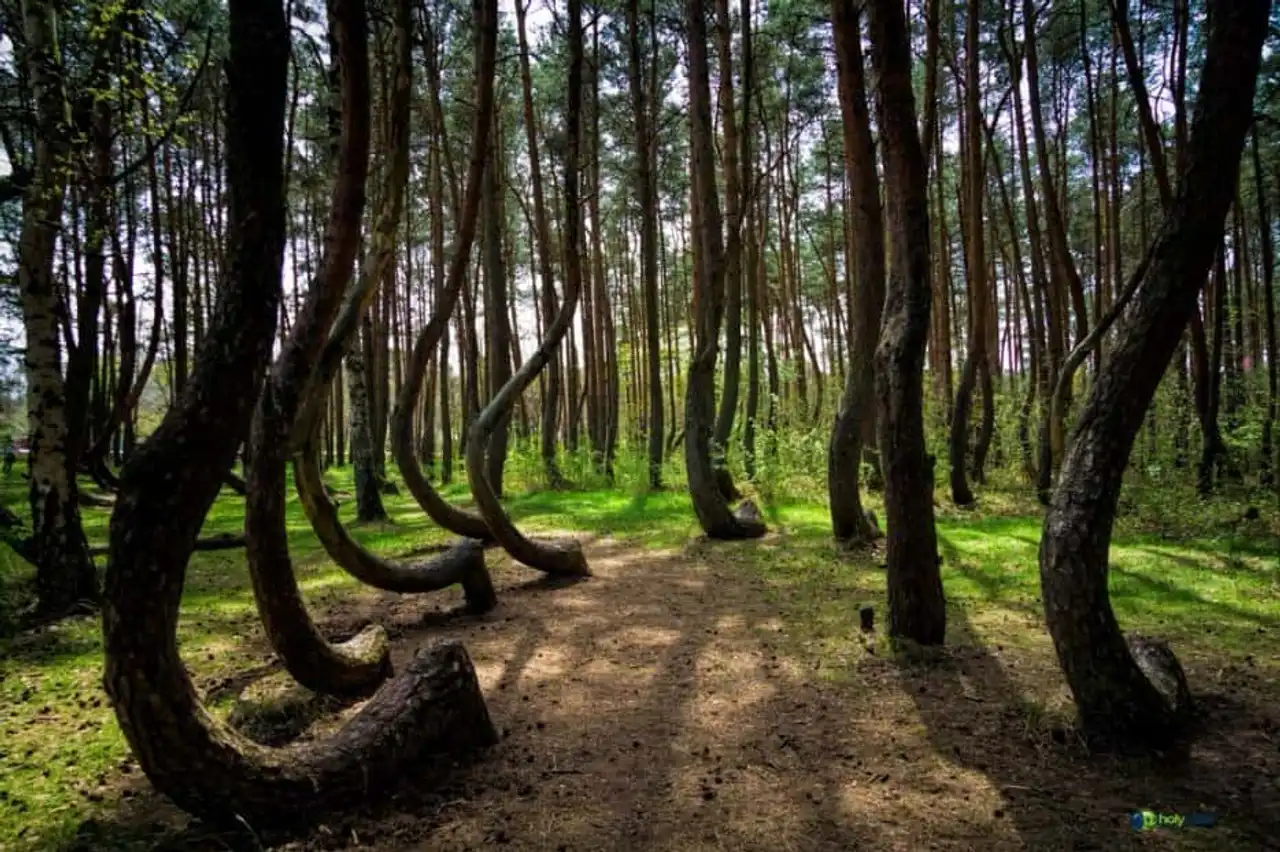
Allée des baobabs au Madagascar
In the Menabe region of Madagascar, these baobabs that line this dirt road are one of the most popular attractions. These huge 800-year-old trees can store up to 120 m3 of water, hence their large trunk. 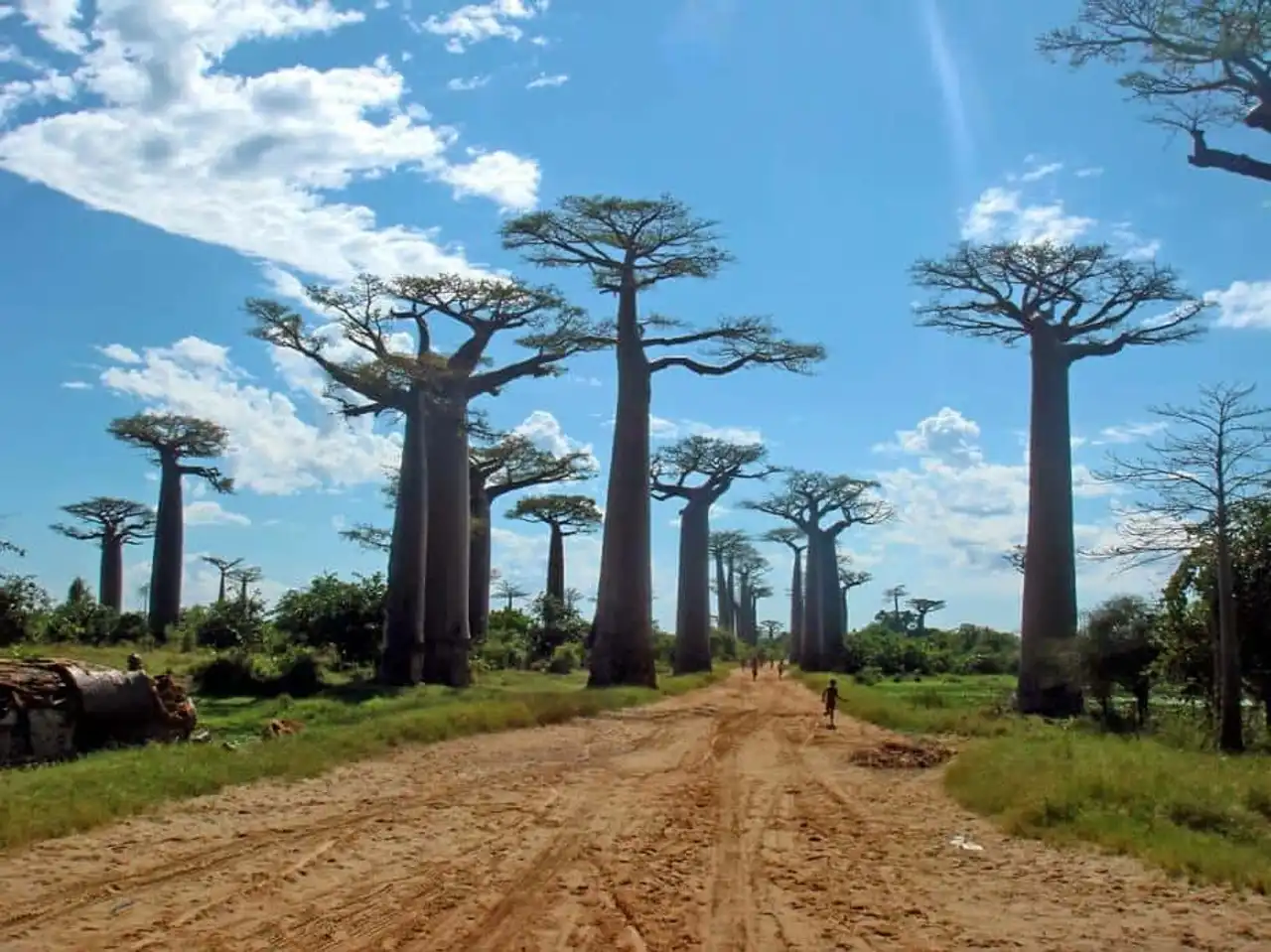
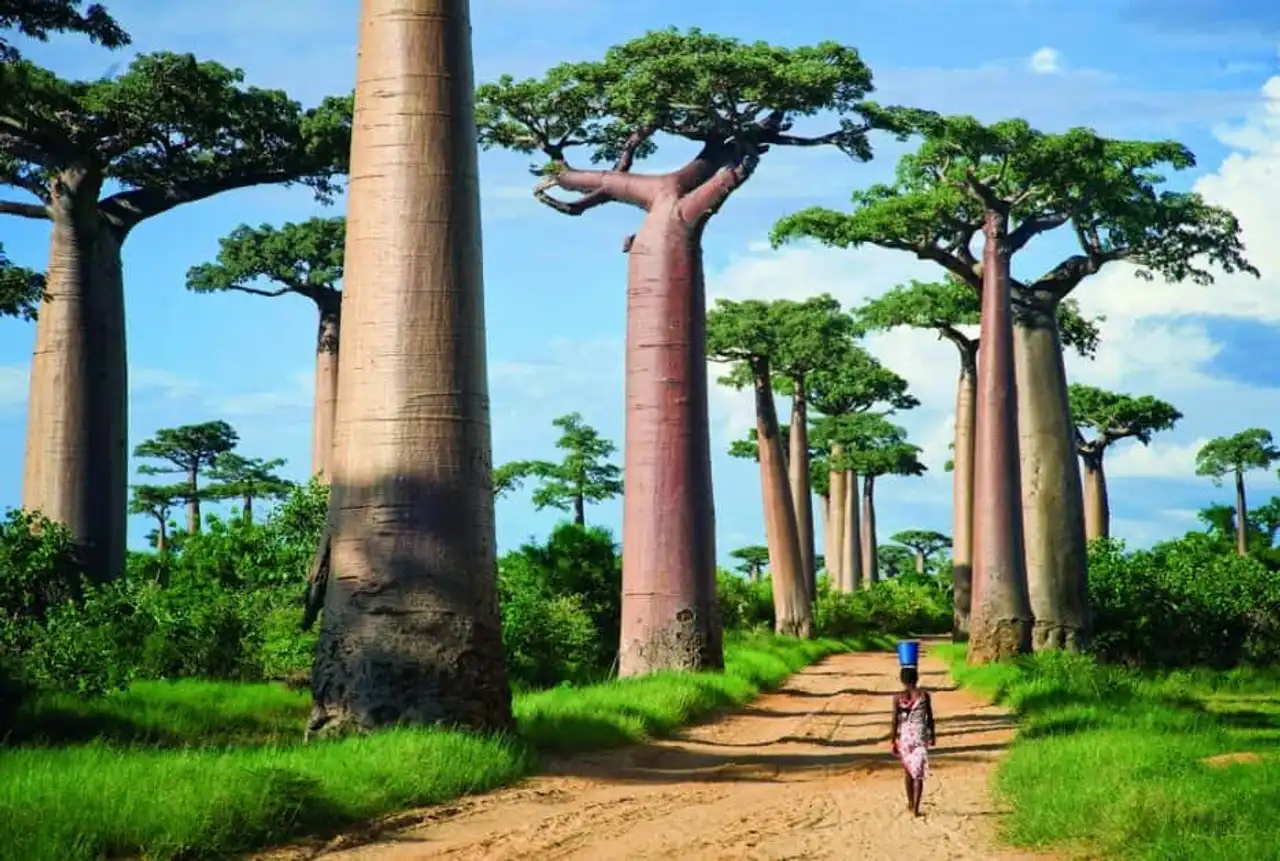
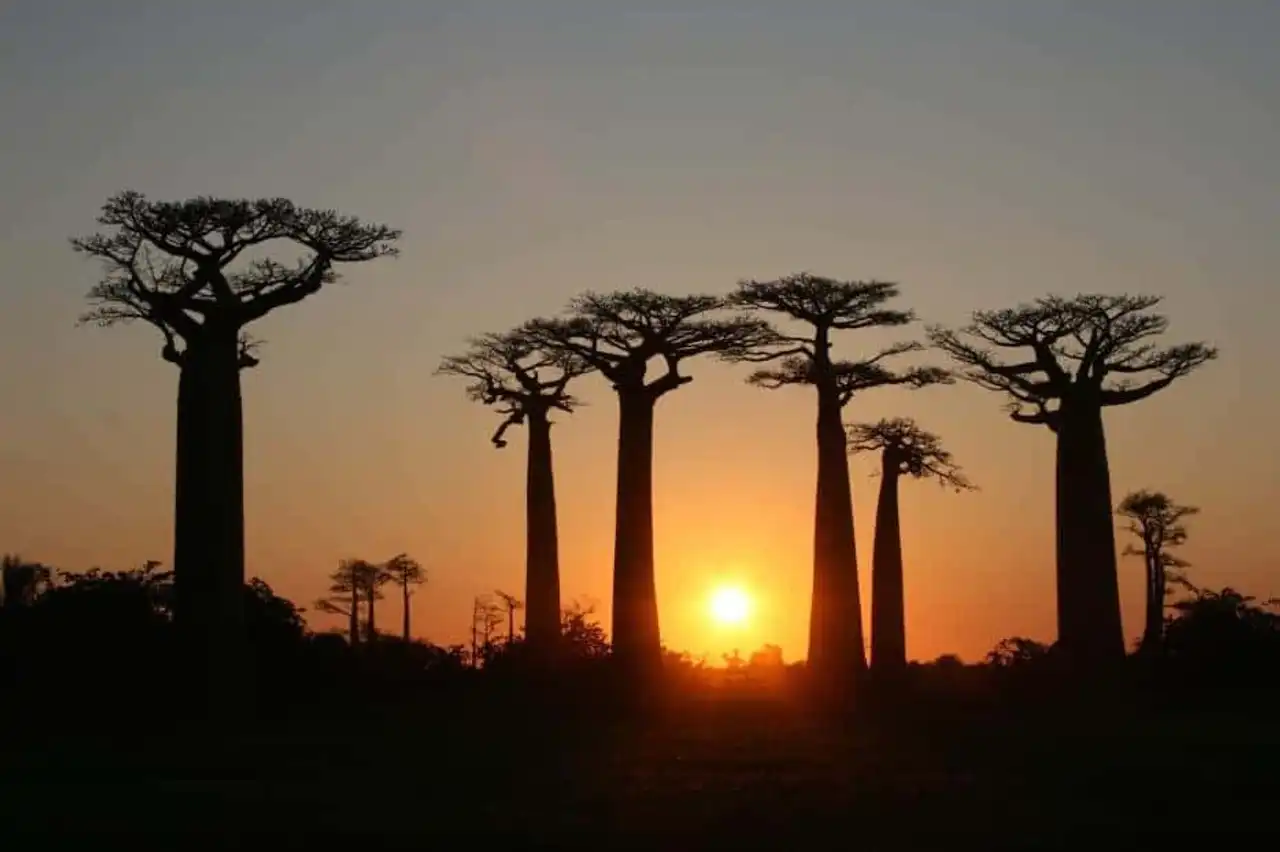
submerged forest of Kaindy Lake Kazakhstan
Lake Kaindy is a lake in the Kazakh part of the Tian Mountains. It was formed following an earthquake in 1911, which triggered an important landslide blocking the throat and forming a natural dam. The lake is famous for its picturesque beauty, and especially for its immersed forest and the imposing spruce trunks that rise out of the lake water, piercing the surface of the water. 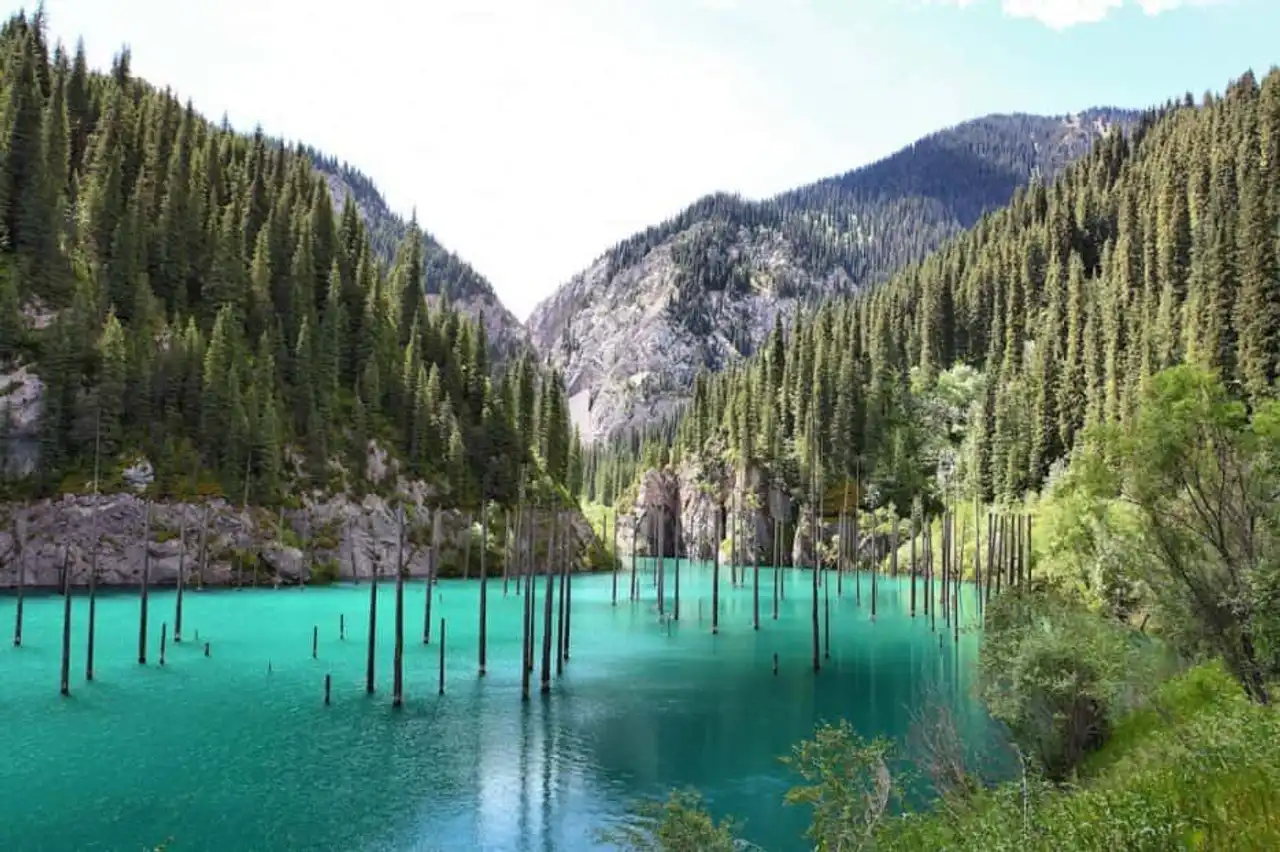
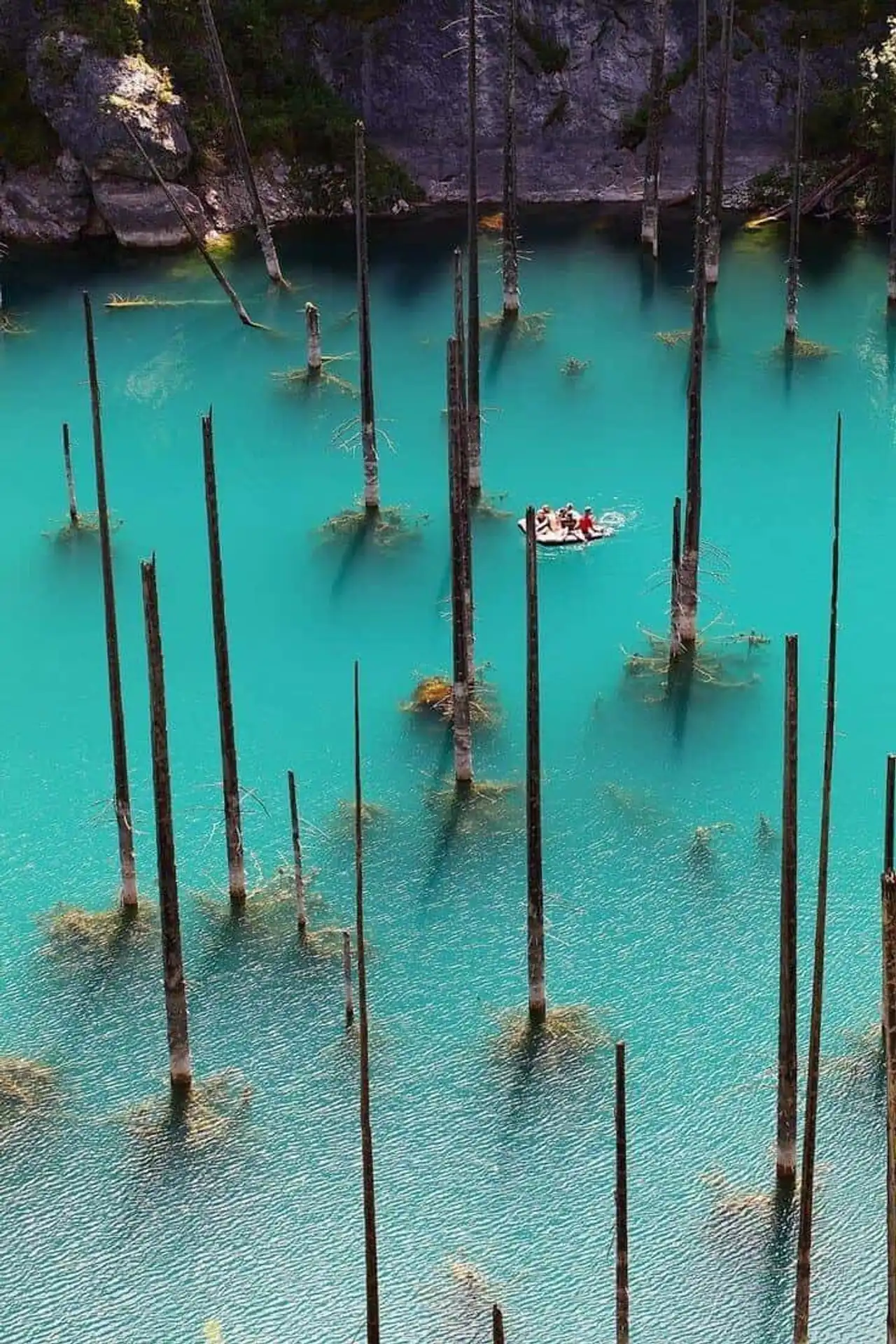
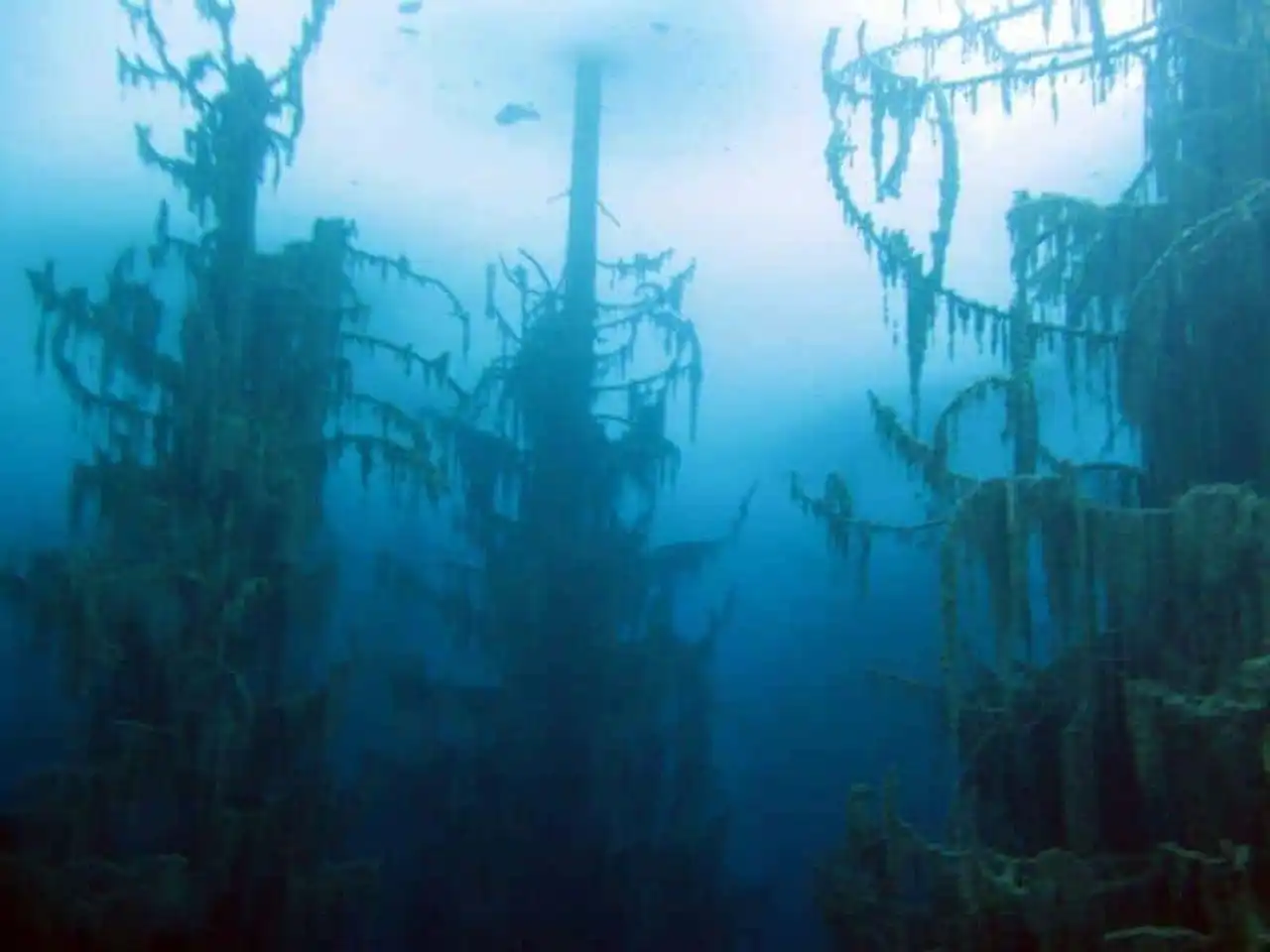
The dragons of Socotra Island in Yemen
Socotra is an island of Yemen located at the Arabian Sea. The long geological isolation of the island, combined with severe heat and drought, has created a spectacular endemic flora. These include cucumber trees and dragonmakers (or "the dragon's blood tree"). The botanists put Socotra's flora among the ten most endangered Ilian flora in the world. 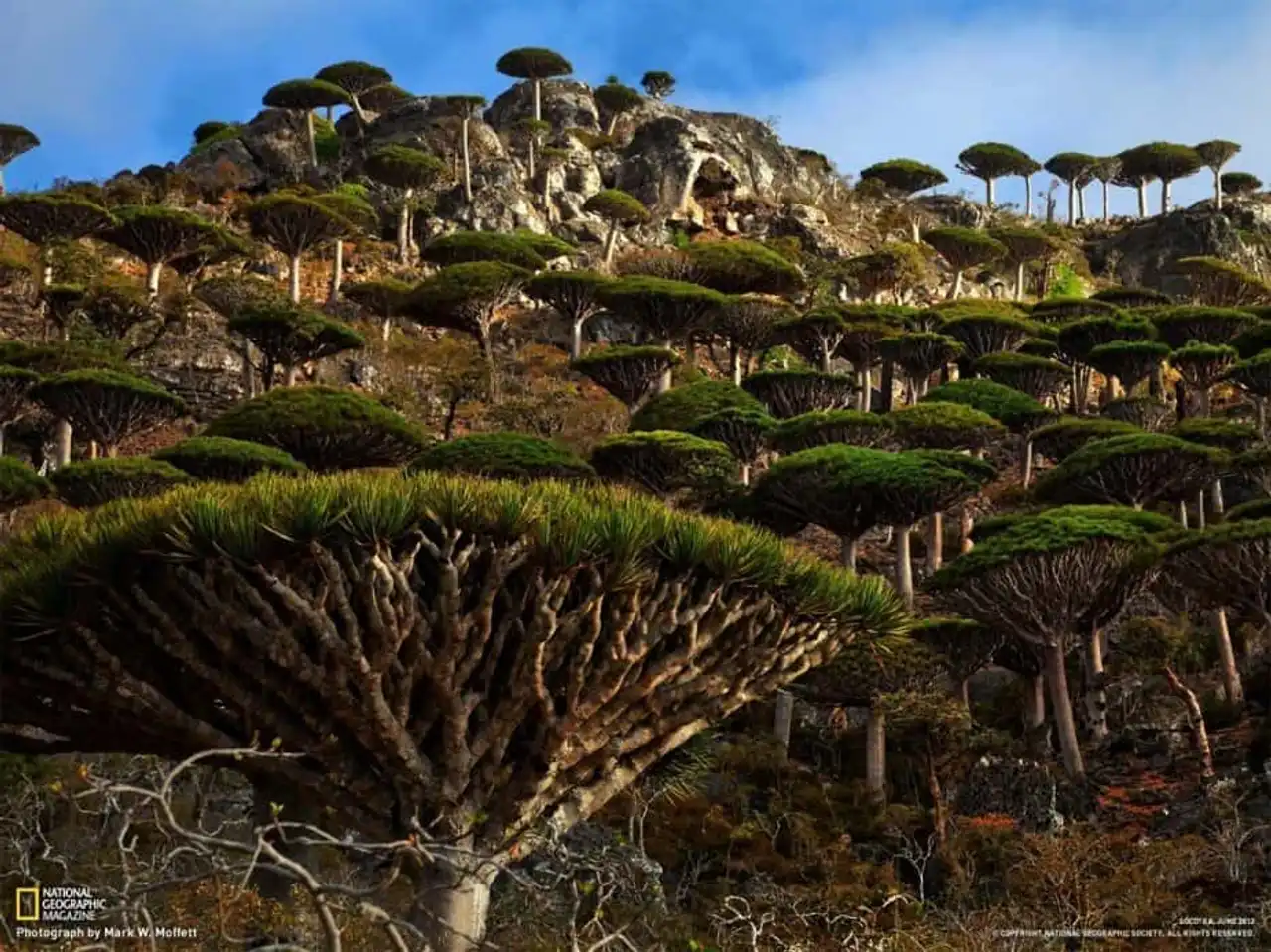
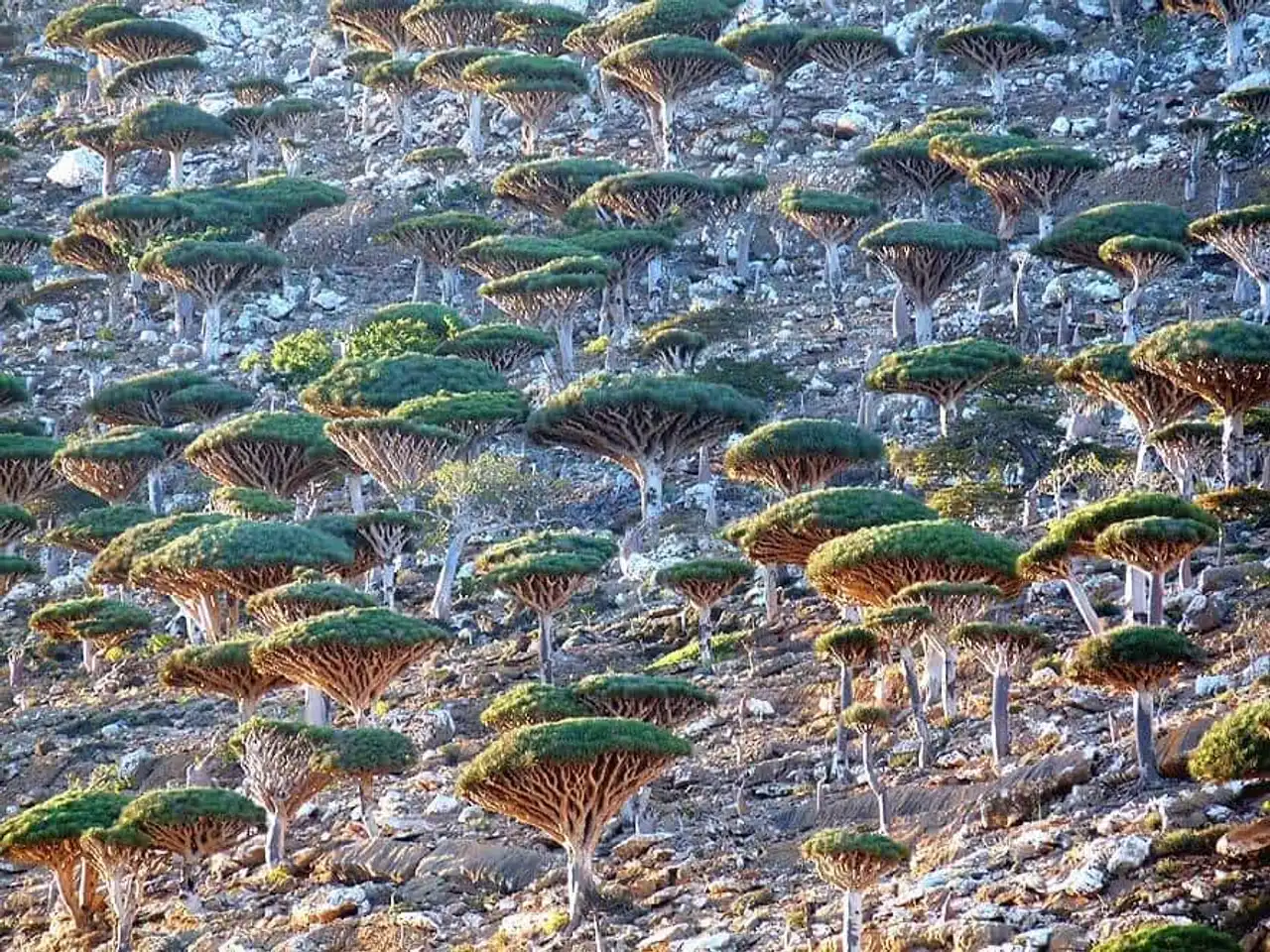
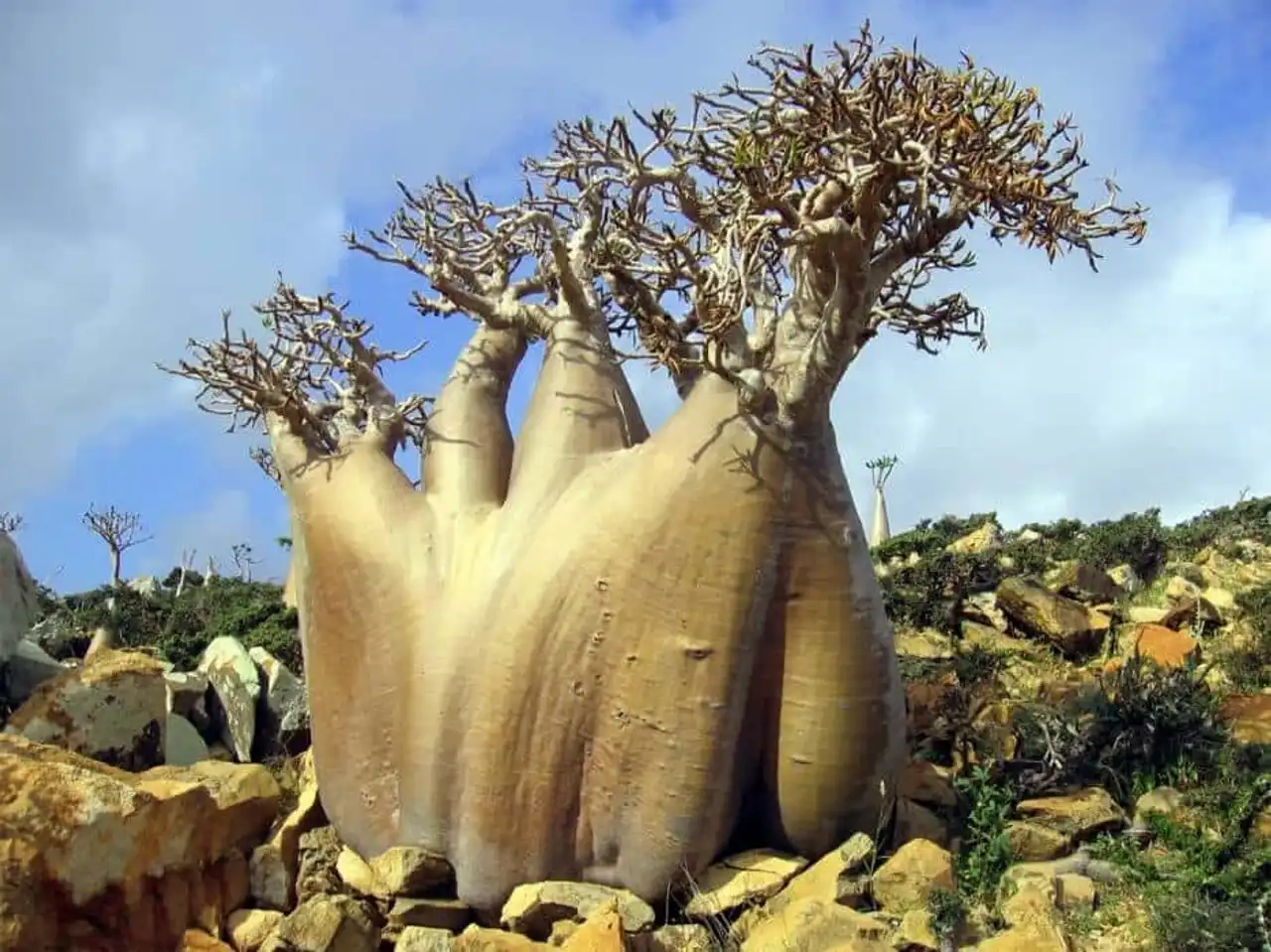
The rainbow eucalyptus forest in Maui (Hawai)
One of the most fascinating trees known to man, the Rainbow Eucalyptus is everywhere in the northern hemisphere. Unlike any other tree in the world, the Eucalyptus rainbow bark undergoes a pleiad of color changes as it ages: first of all, a pale green, it begins by foncer before becoming blue, violet then orange and finally brown. 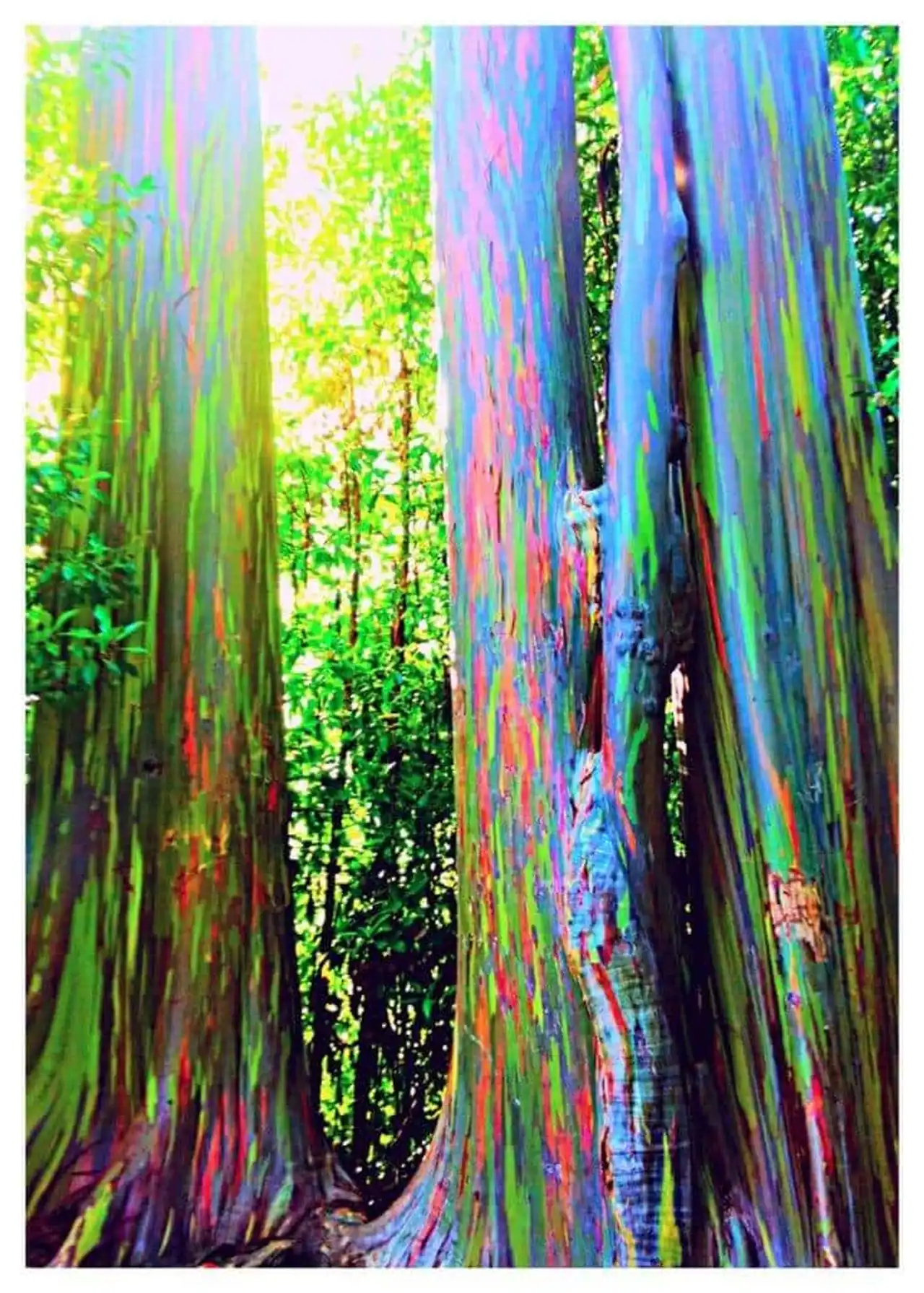
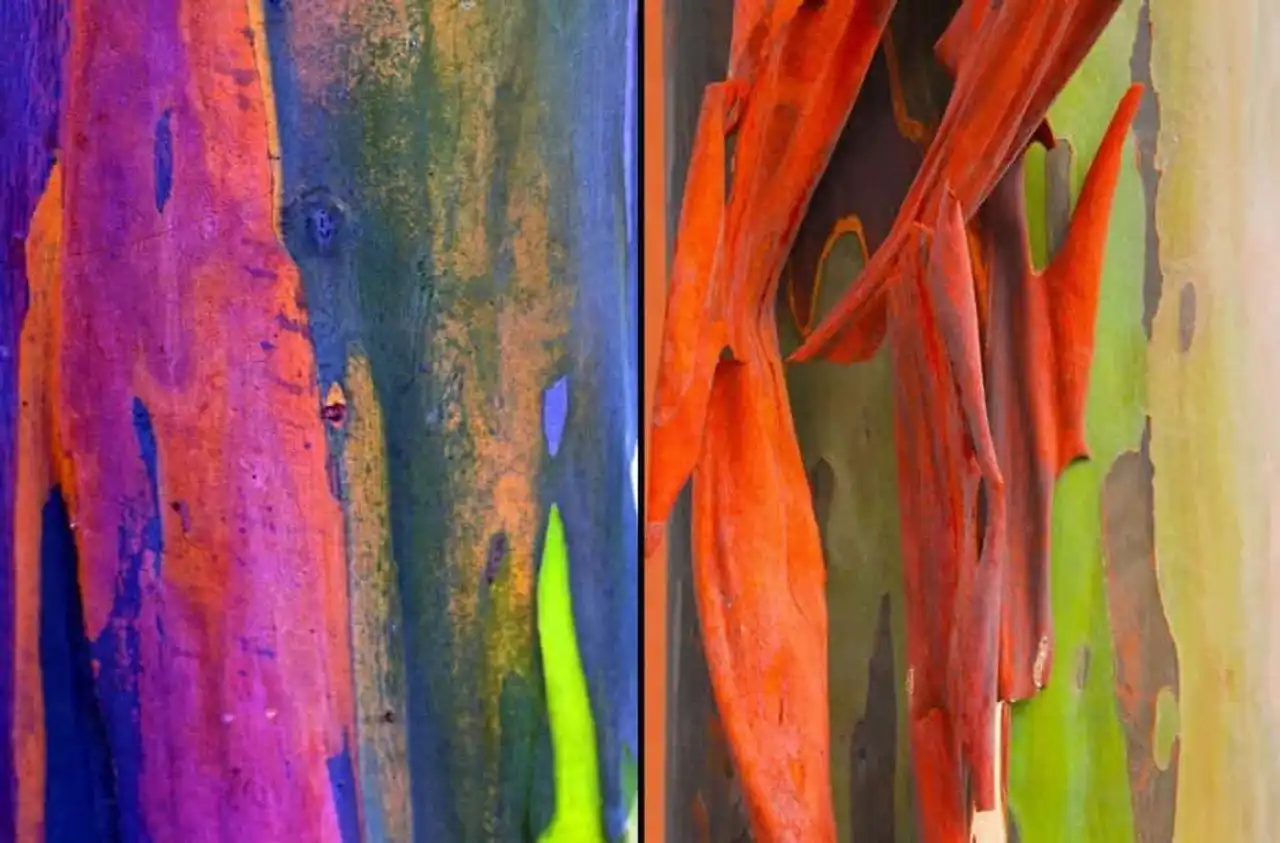
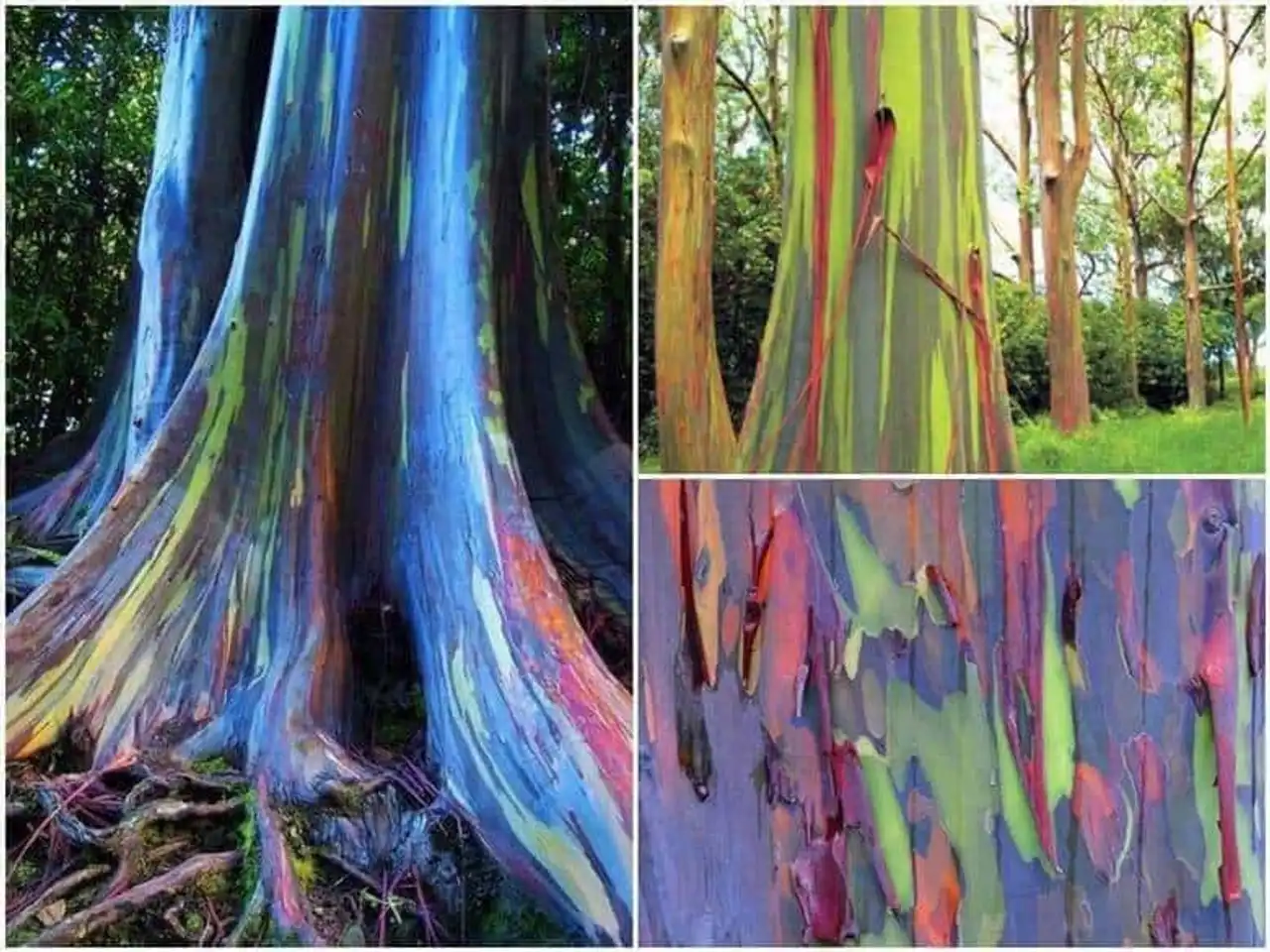
Crooked Bush in the province of Saskatchewan in Canada
These trees in Canada seem to have played Twister game: they are all twisted or rotated in every direction. This place is considered a "Botanical mystery", a true natural treasure. 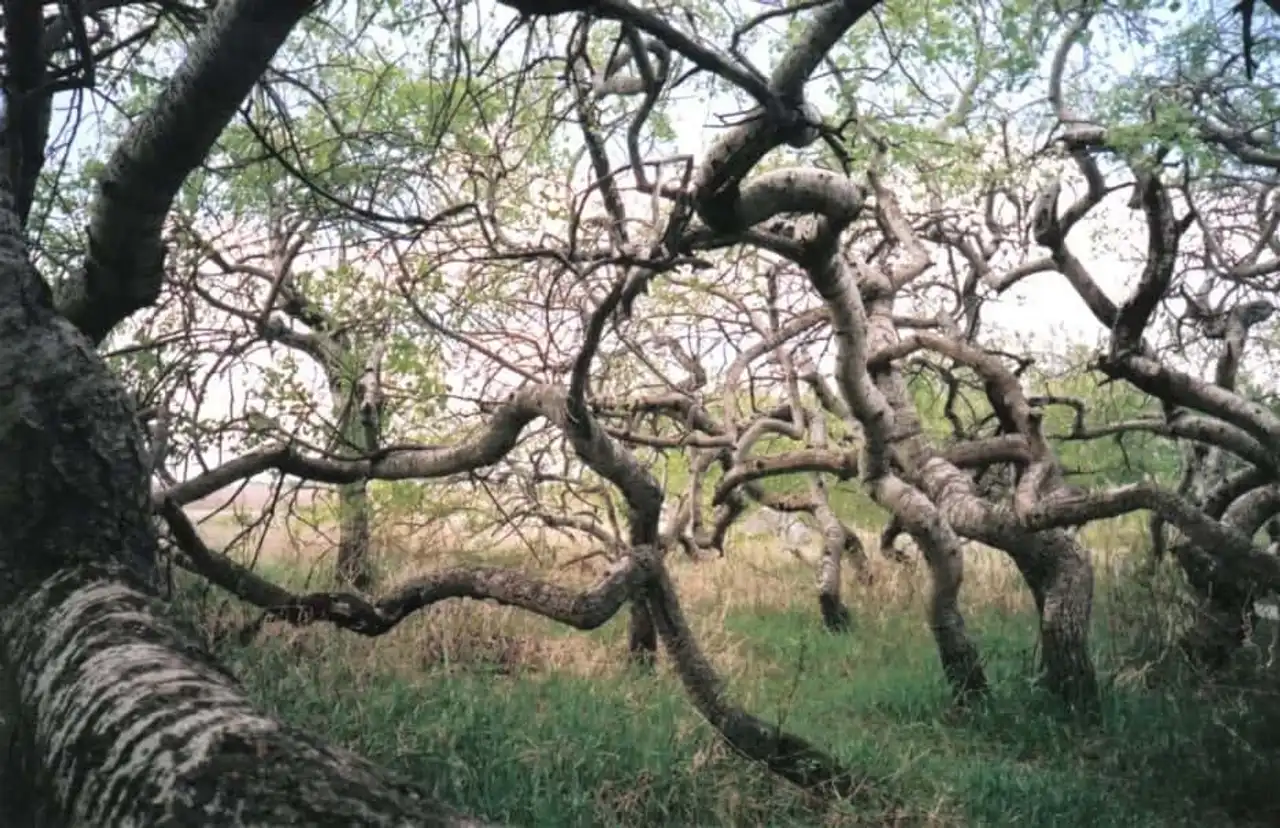
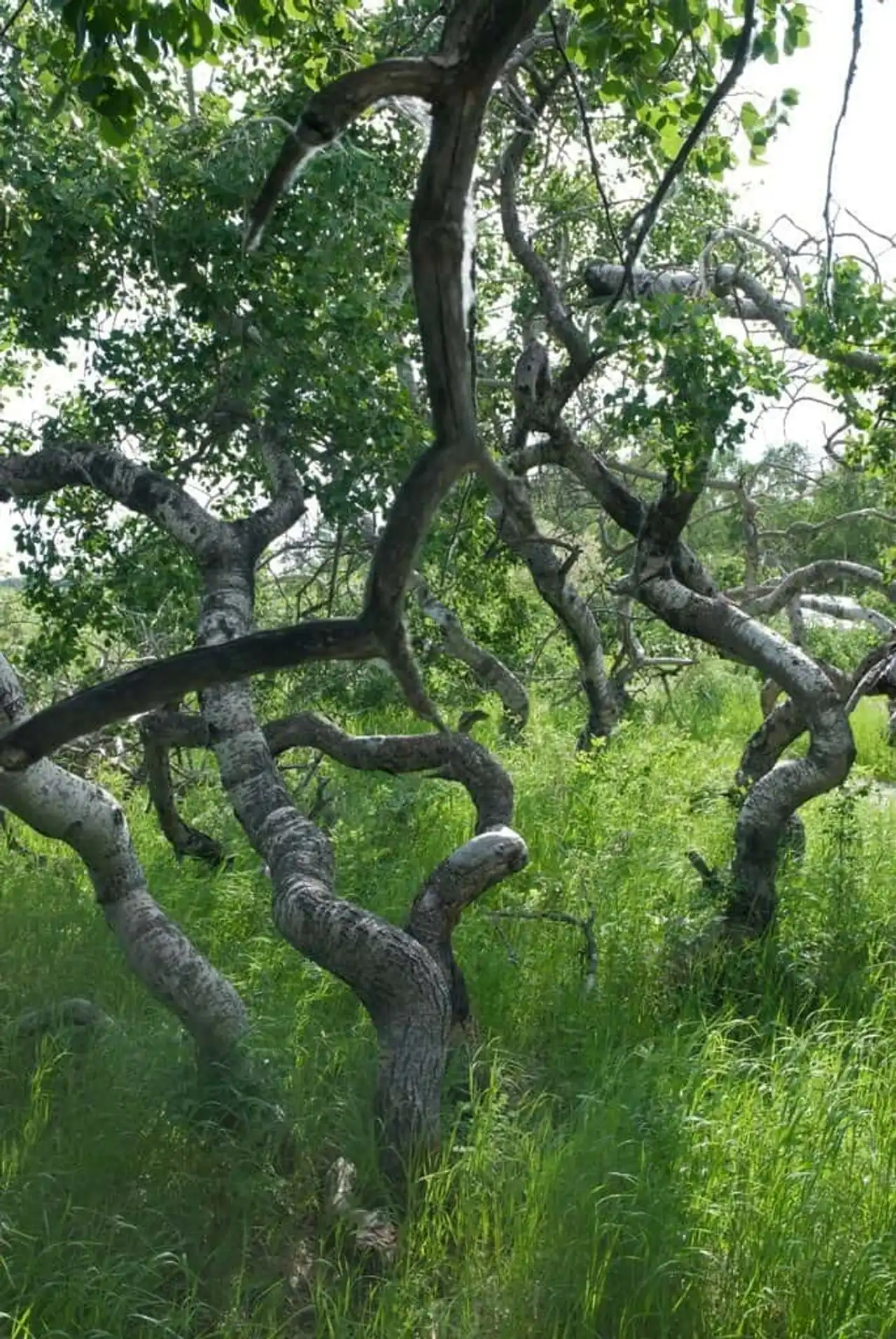
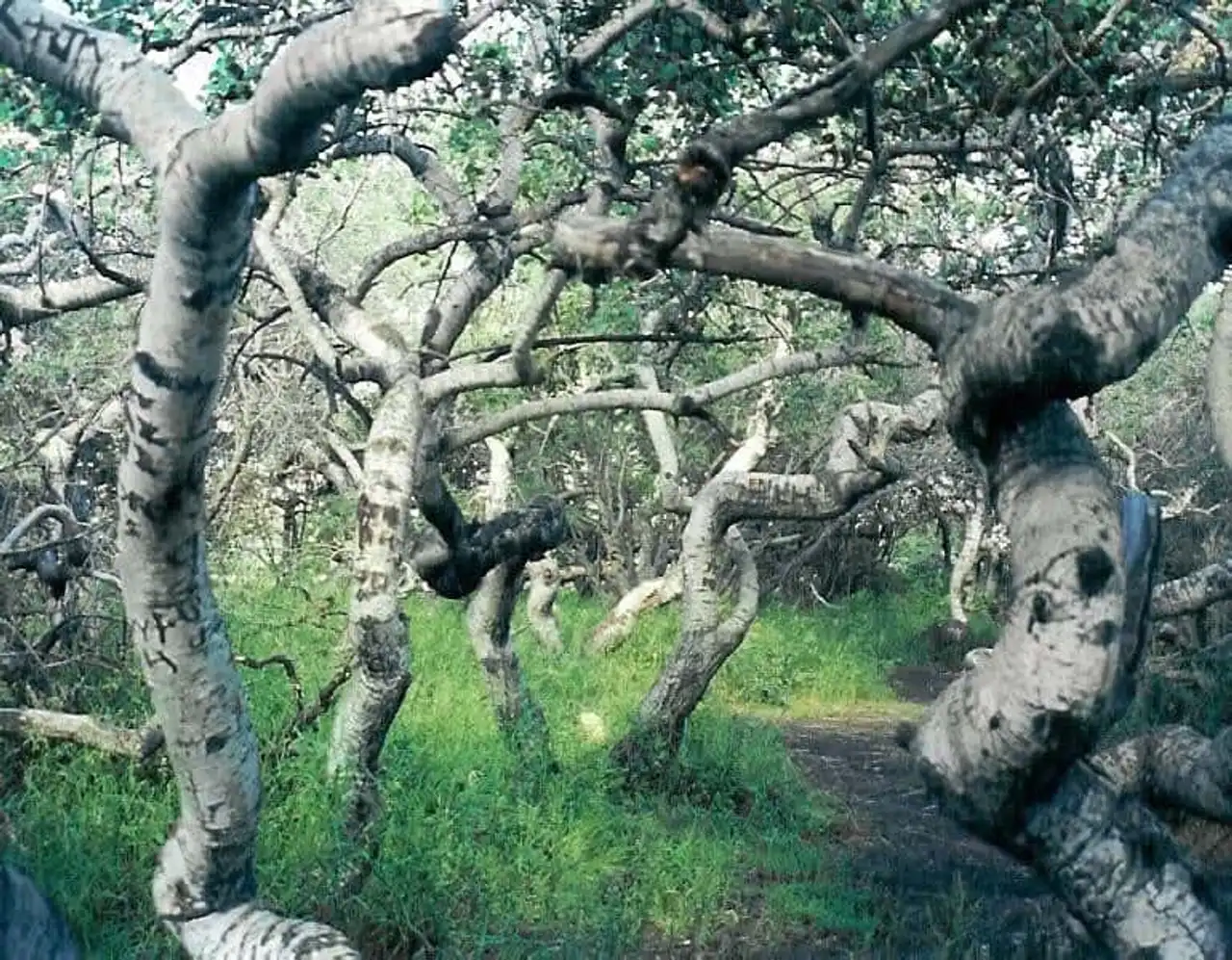
A apricot valley in China
Each year, these hills in the Xinjiang province explode in an ocean of pink and white. The largest apricot plantations in the region are in bloom at the beginning of the fruit season. It is at this time that they transform the landscape into something sublime. 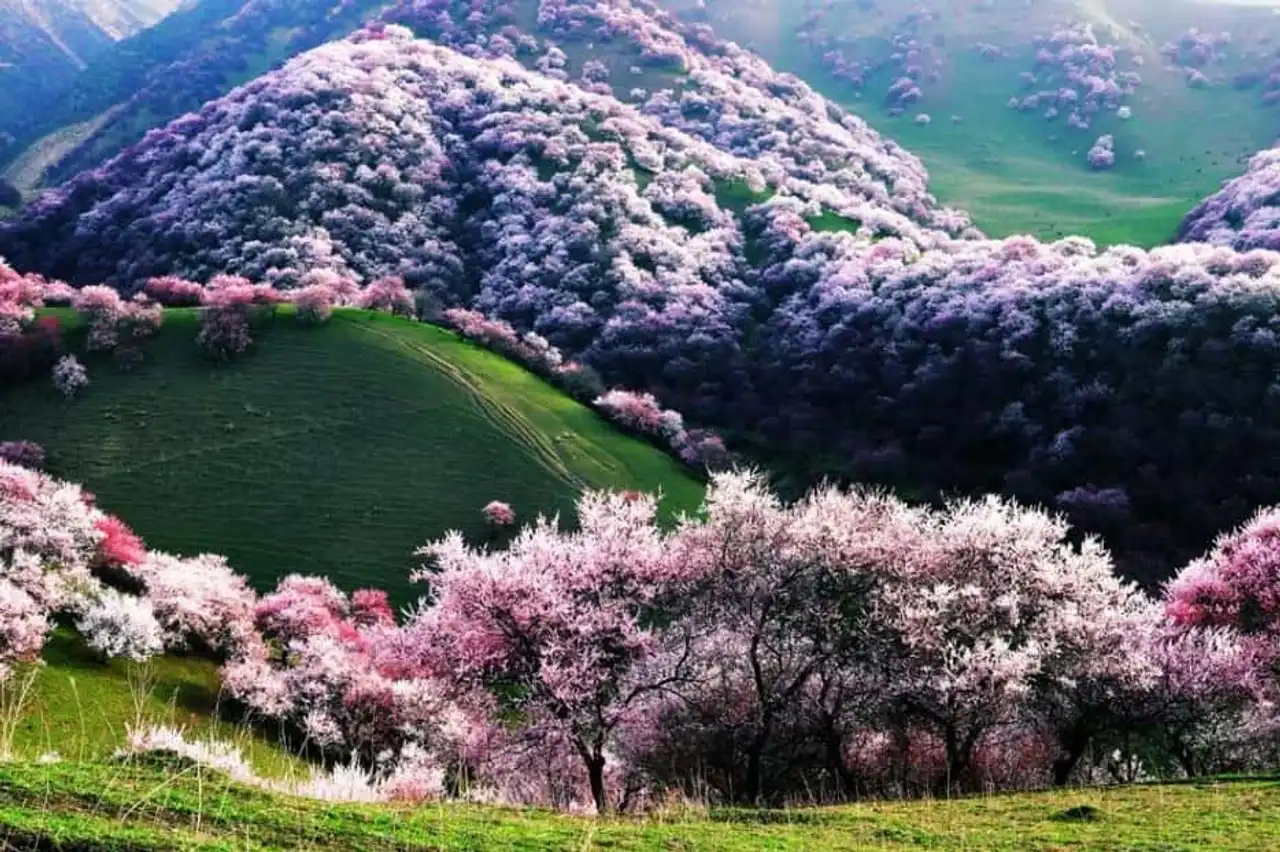
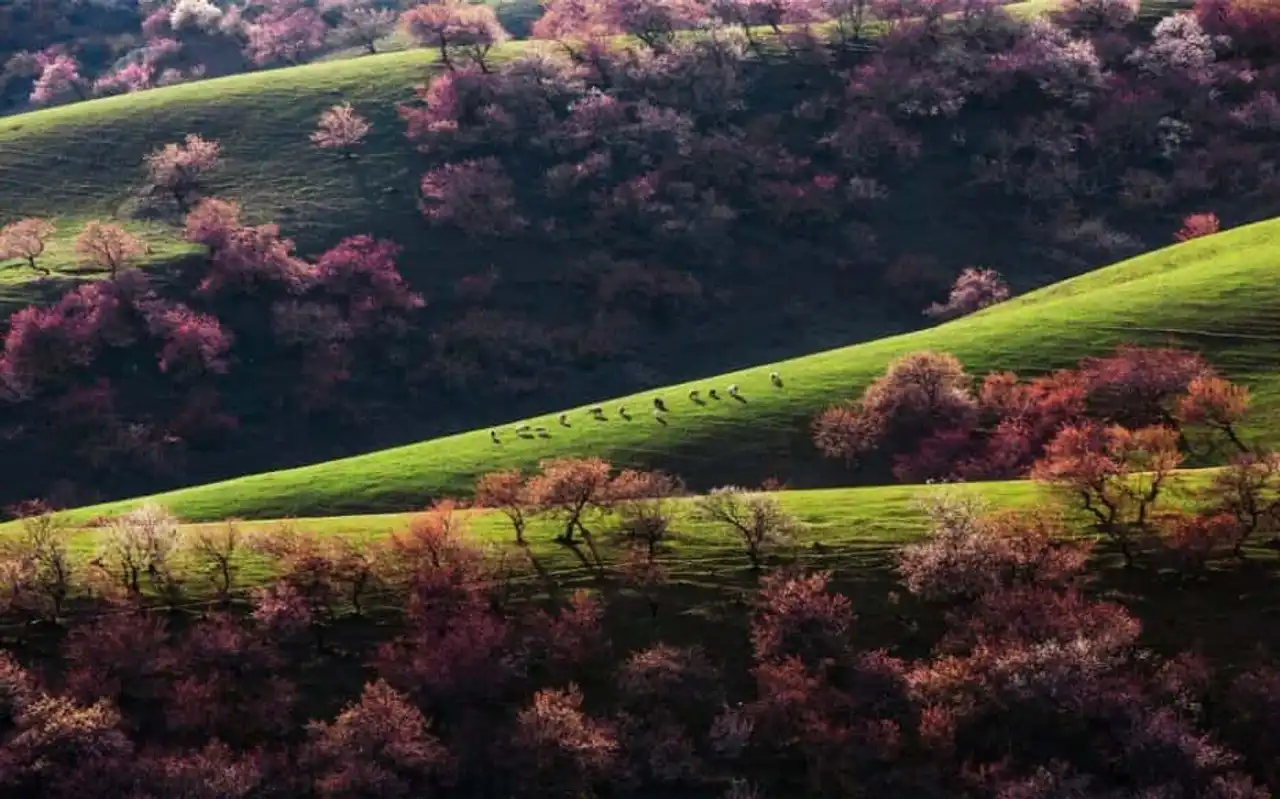
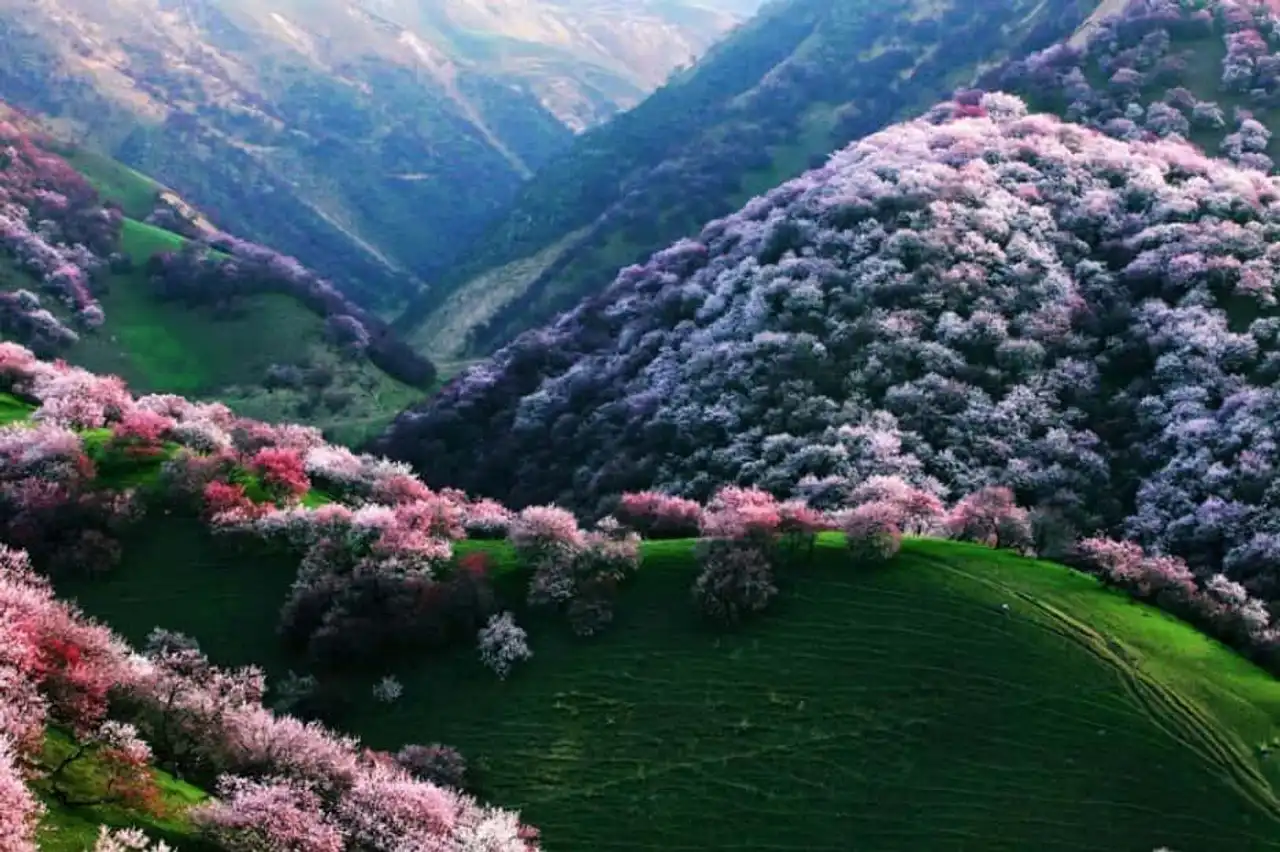
A Jaboticaba forest in Brazil
At first sight, these trees seem to be sick... But they are actually deliciously fruity trees. The Jaboticaba (or Guapuru) is a species of small native fruit trees in the Minas Gerais region, in southeastern Brazil. The purple and white fleshy fruit is harvested and eaten raw. Fresh fruit begins to ferment 3 or 4 days after harvest, so it is often used to prepare jams, pies, juices, strong wines, and liqueurs. 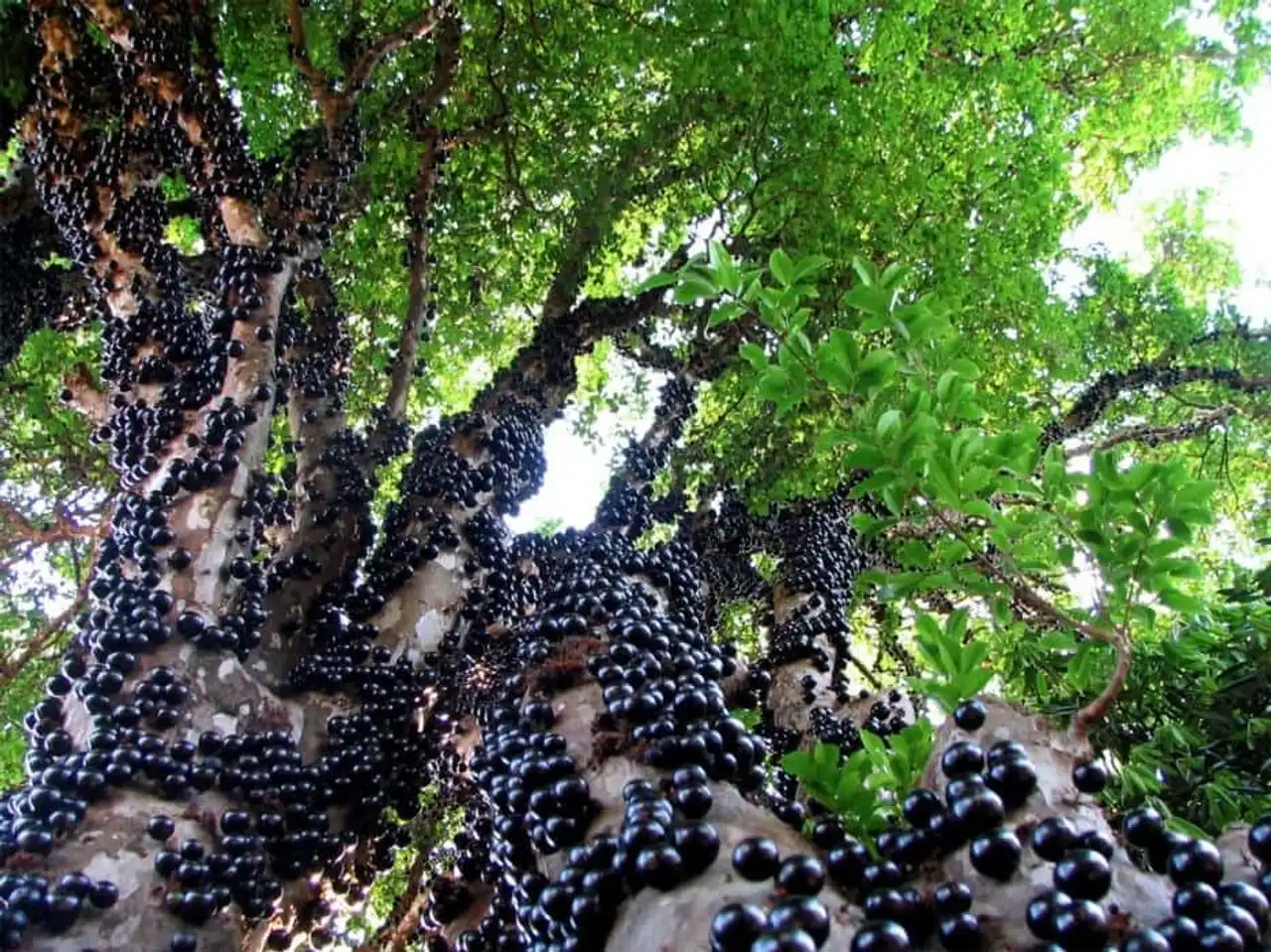
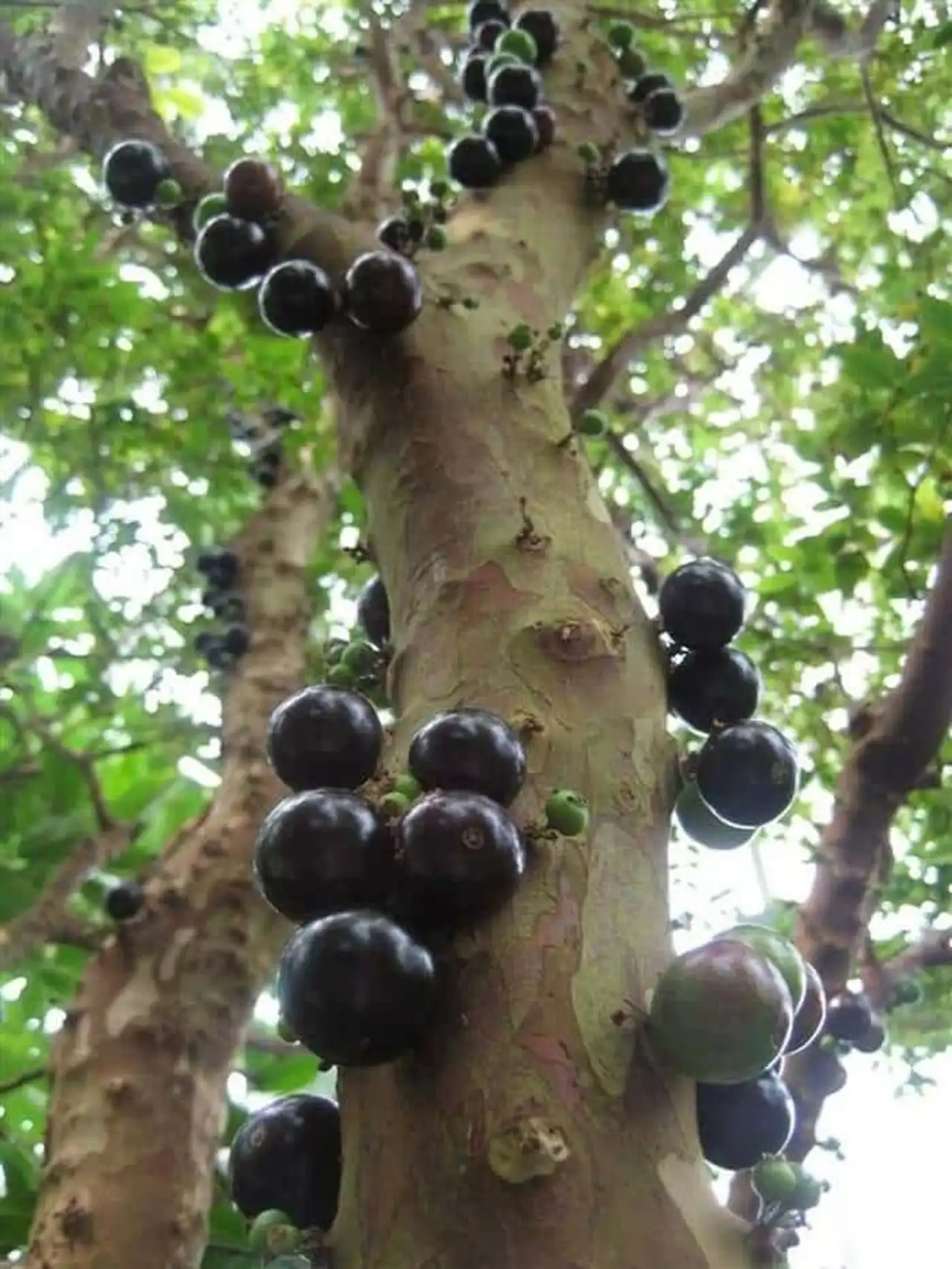

The dancing forest in Kaliningrad, Russia
This strange tree forest is located on the Isthmus of Courland, in the Baltic Sea. There is no known reason to explain why they grow in this way, but the most widely accepted theory is that the violent winds that sweep the earth have shaped them so over time. 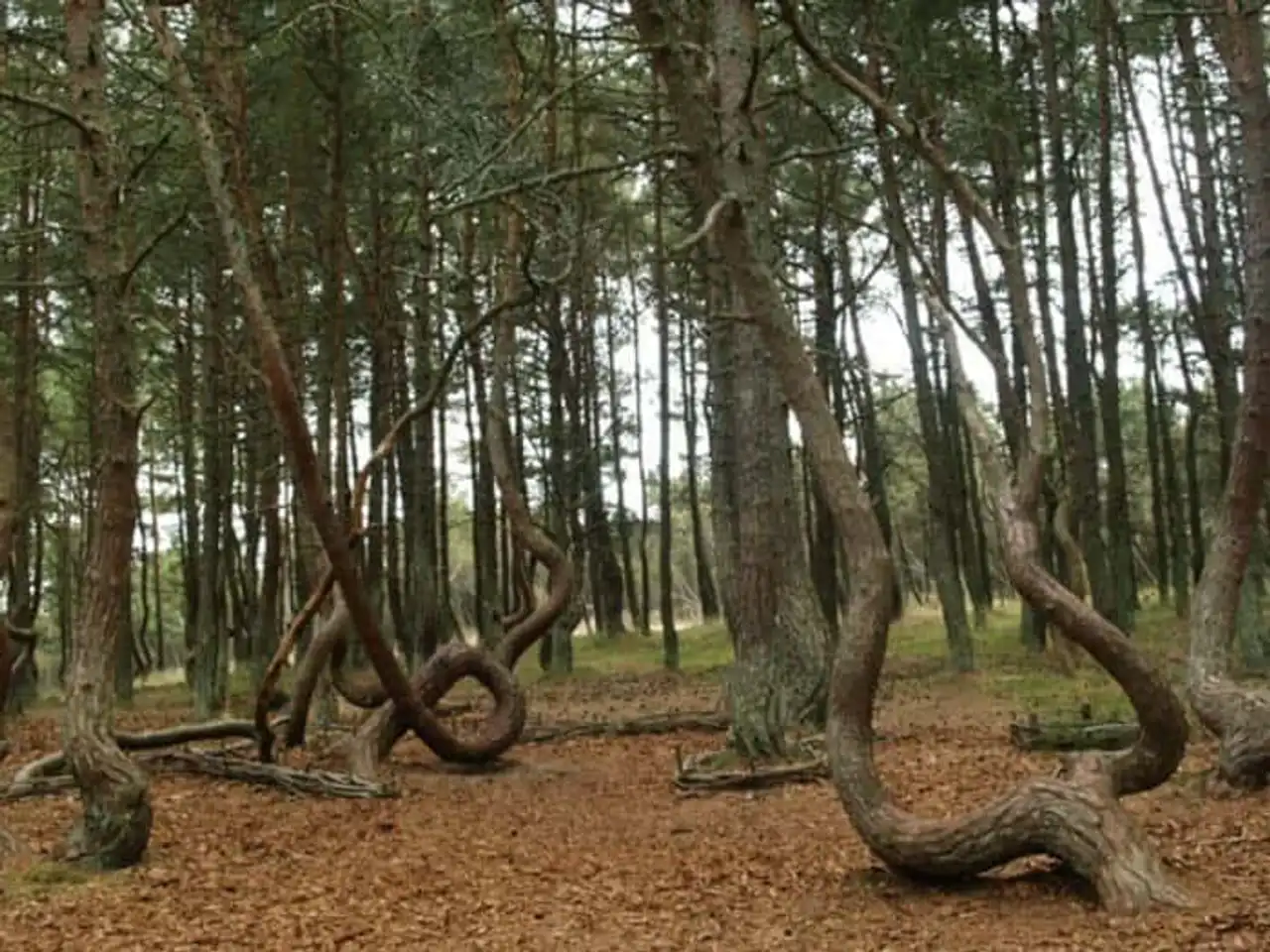
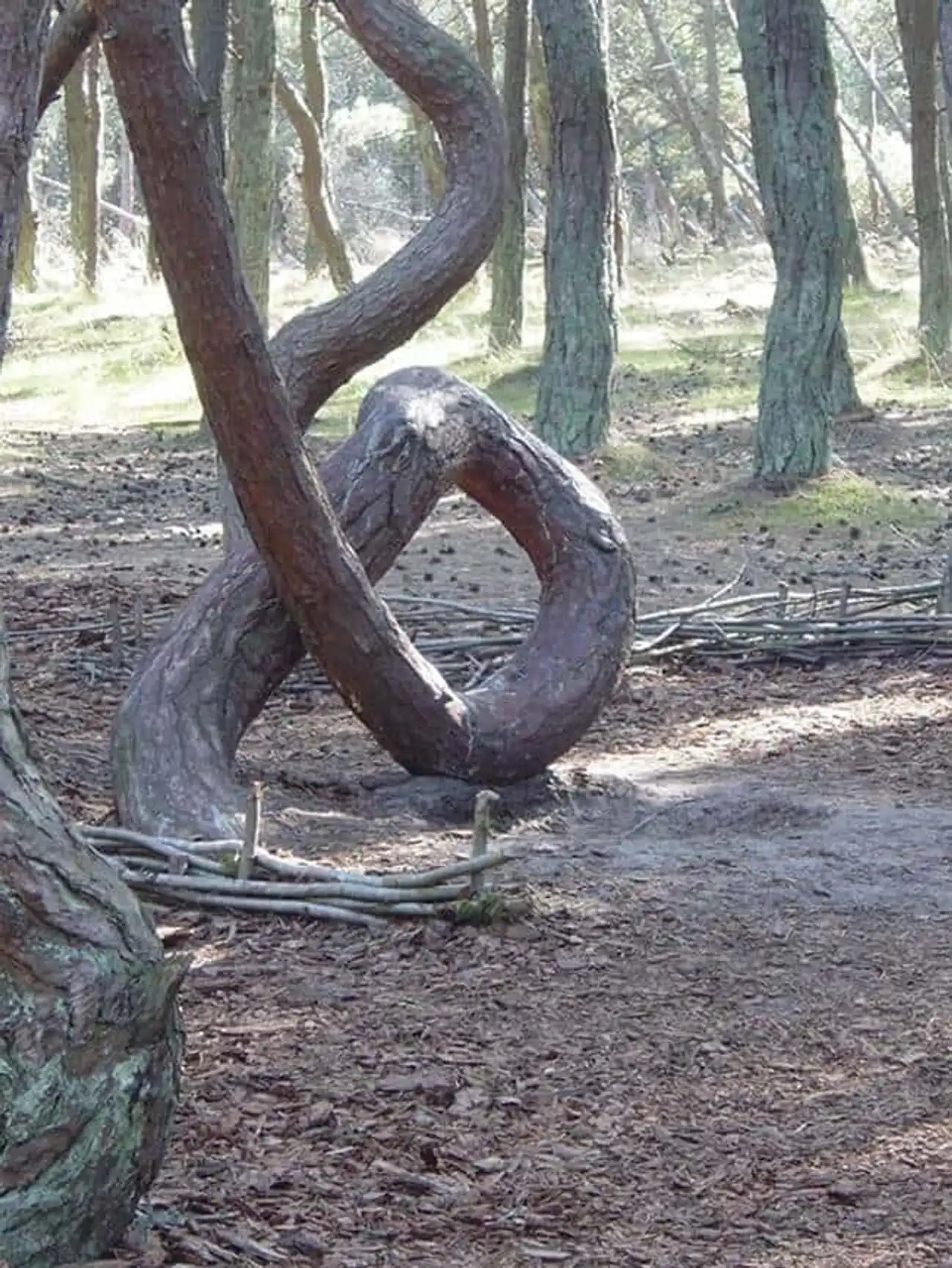
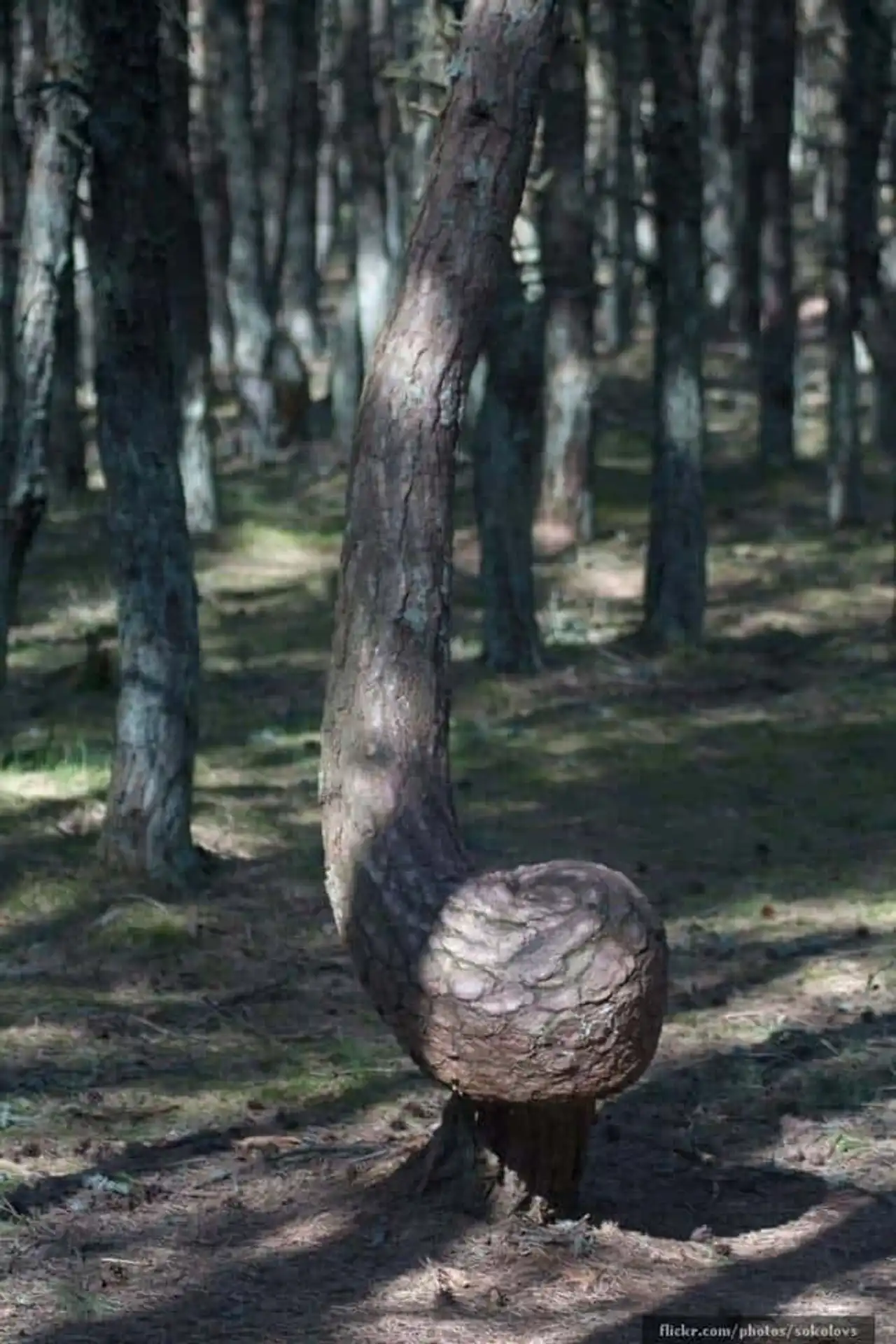
Wollemi National Park Forest in New South Wales, Australia
This forest is not as odd as we have seen here, but it is the only tree forest in Wollemi in the world, which we thought was missing for more than 30 million years. 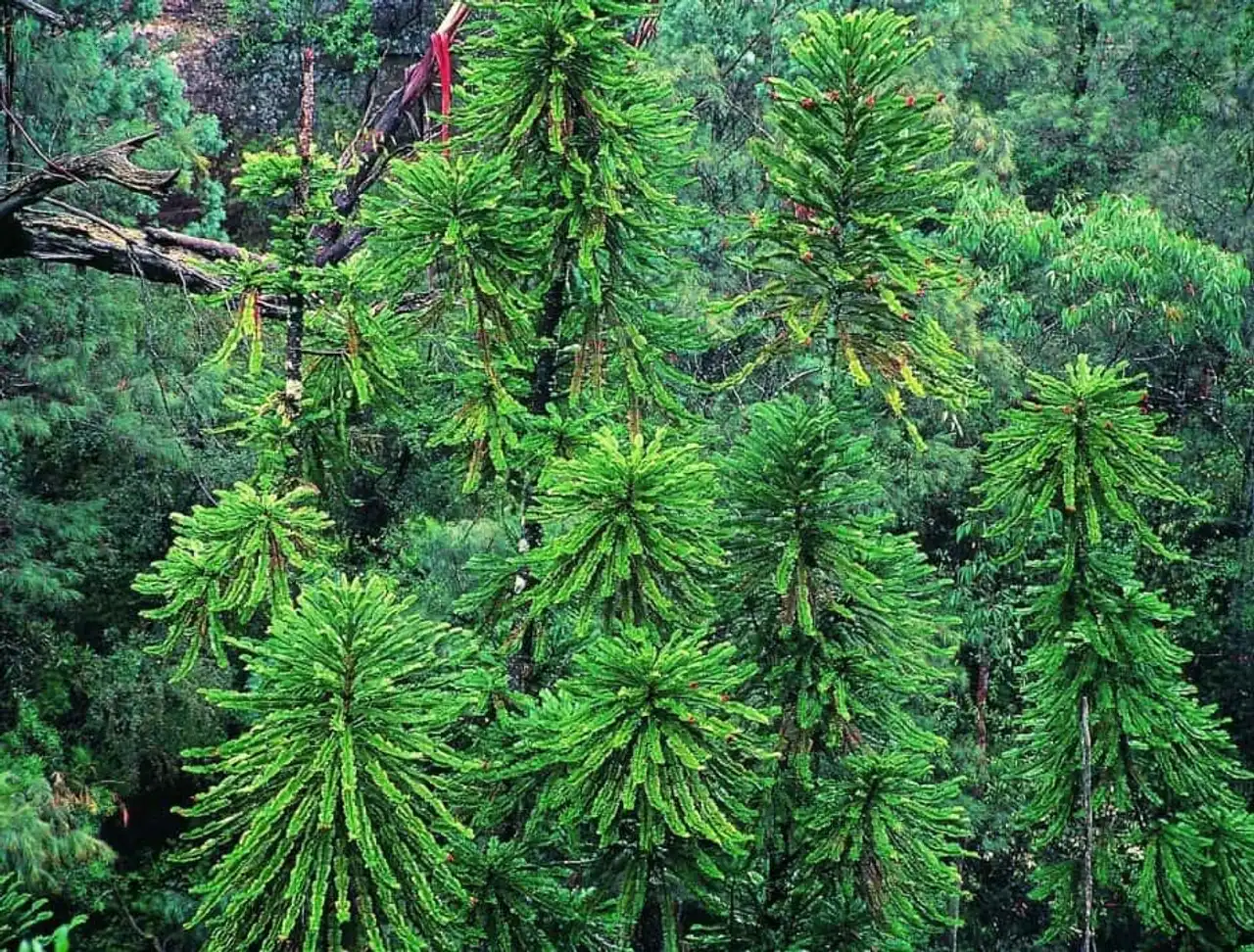
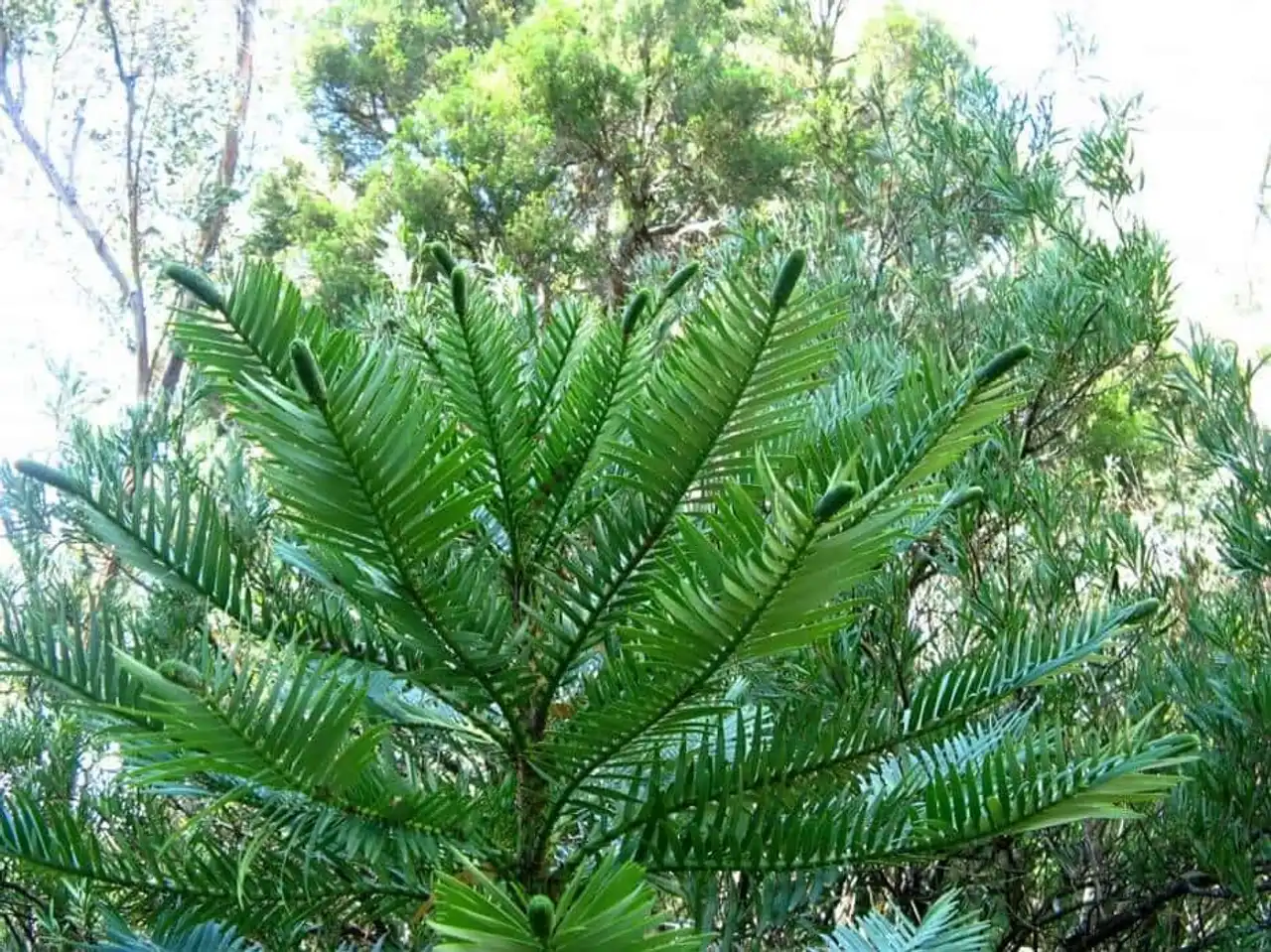
Deadvlei forest Namibia
This "forest" is incredible, it is the dream of any nature photographer. Between bright orange dunes, and burned black trees, the place looks like a painting. These Deadvlei’s “gold acacia” germinated after an intense rain about 900 years ago, and then the water evaporated, leaving the trees to die. This dry climate prevents trees from falling apart, which means they are not really petrified. The trunks of the dead trees are now black because the intense sun burned them. 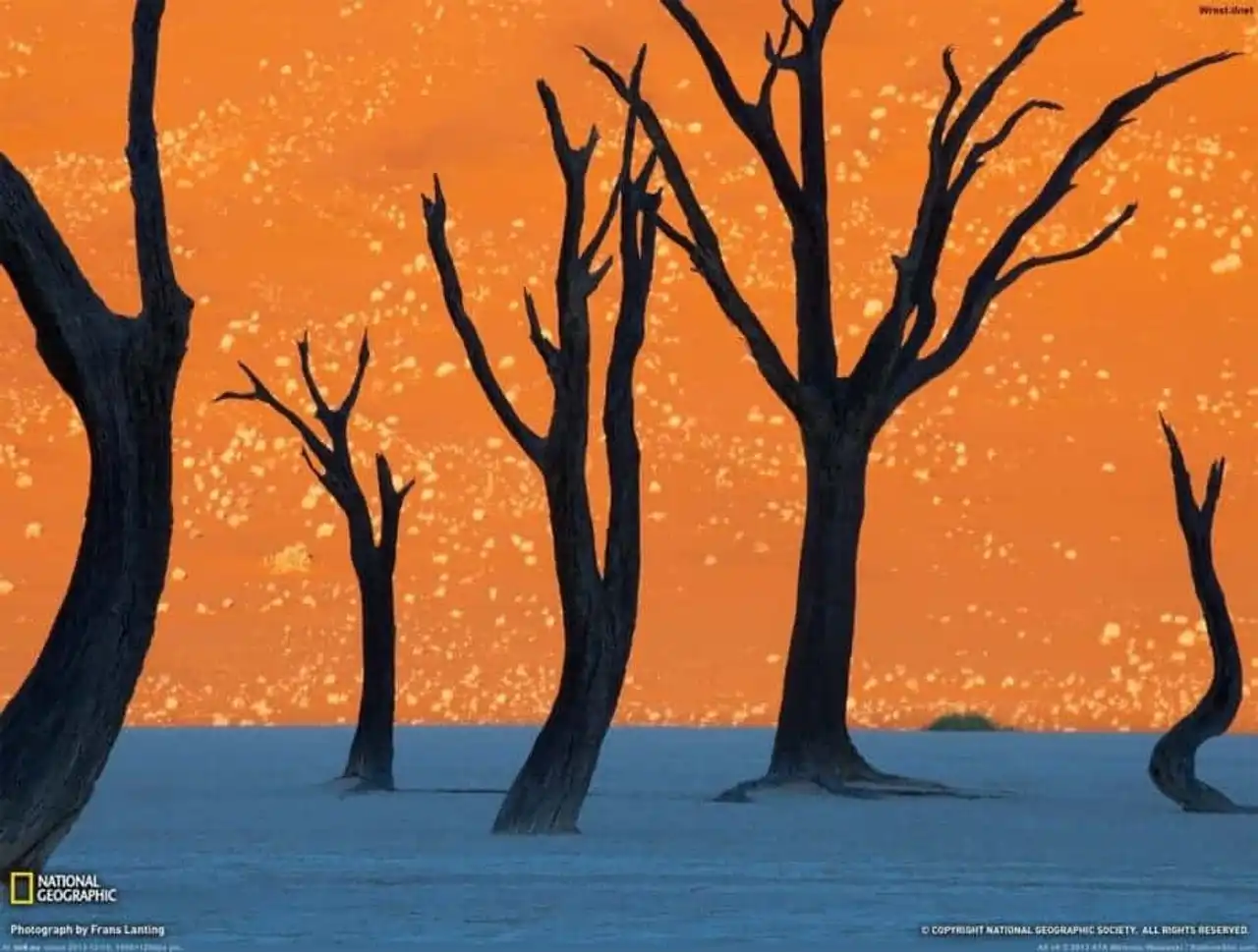
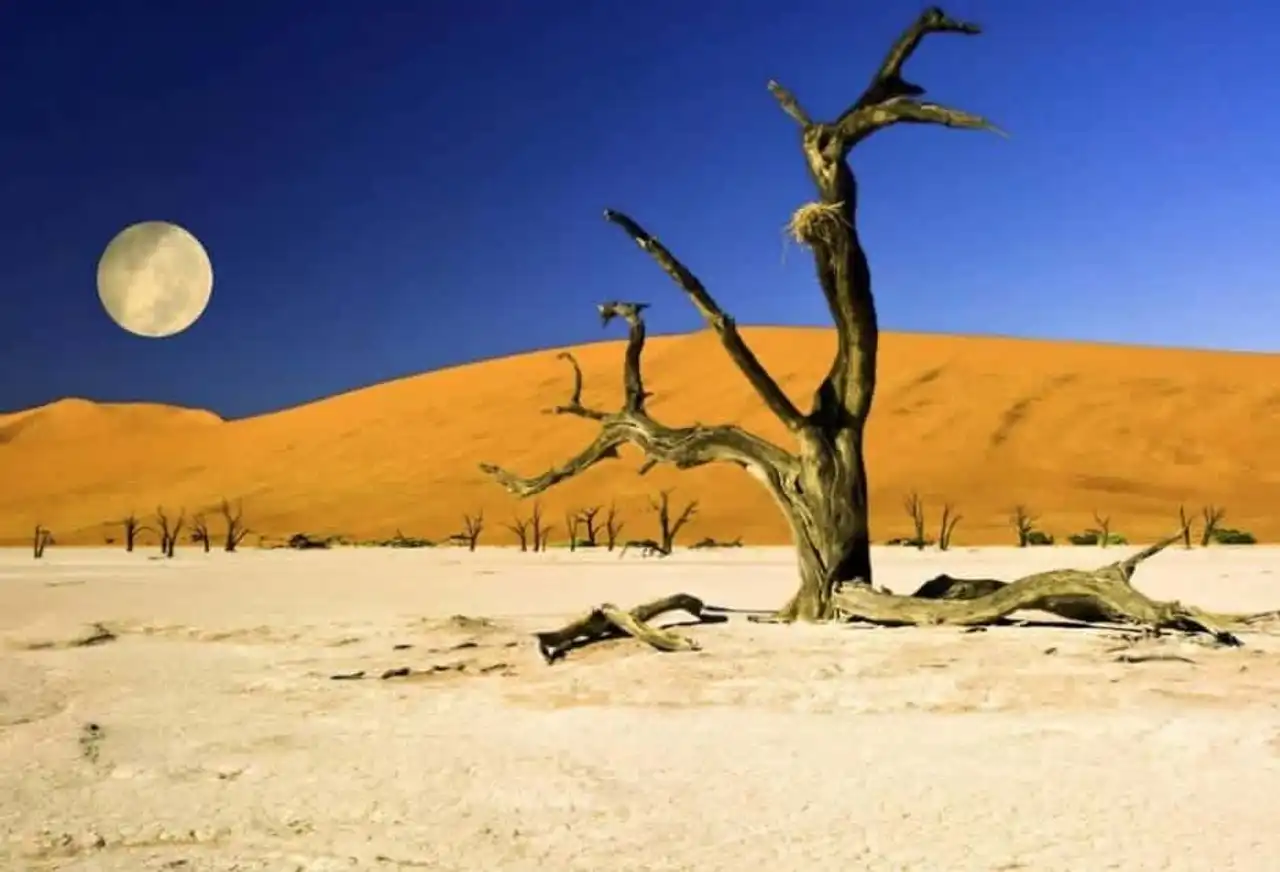
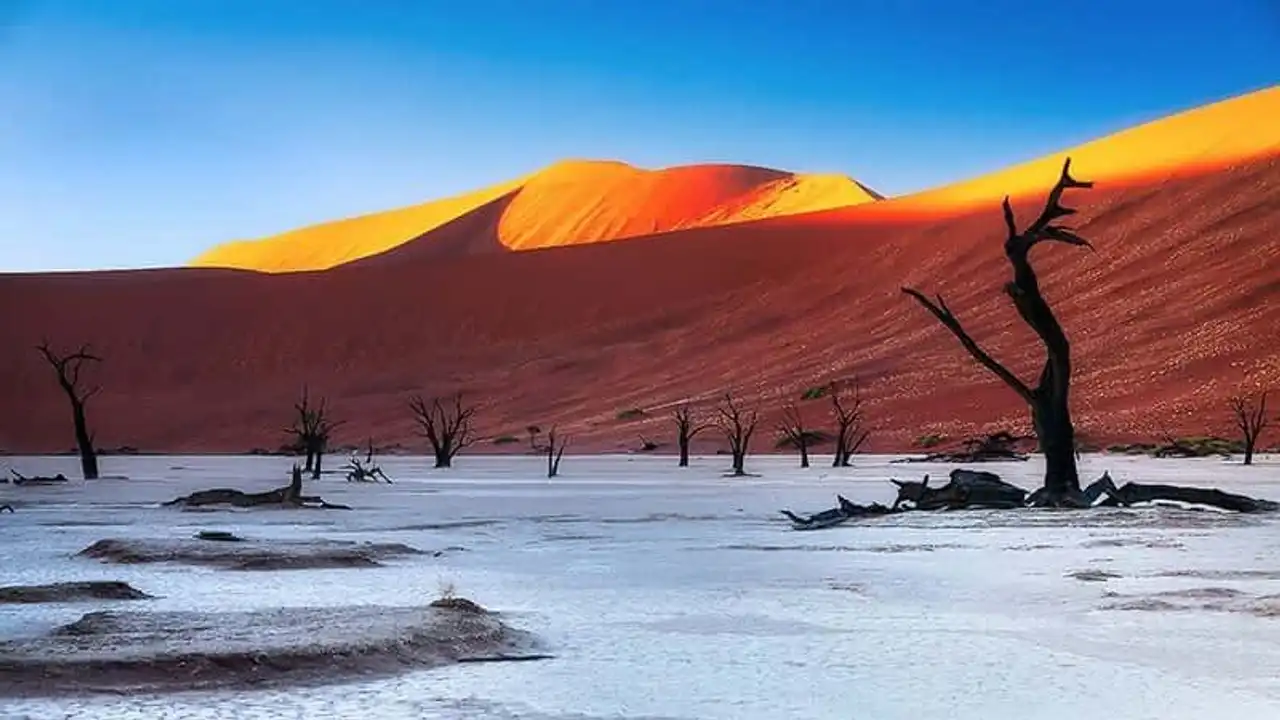
A rainforest in Araucaria or "Apes despair" in Chile
Have you ever seen such trees? It's kind of like we crossed a palm with an pineapple... It is cultivated for its wood and edible seeds. Over the past few years, the world's population of these trees has decreased, and is now considered to be endangered in 2013. 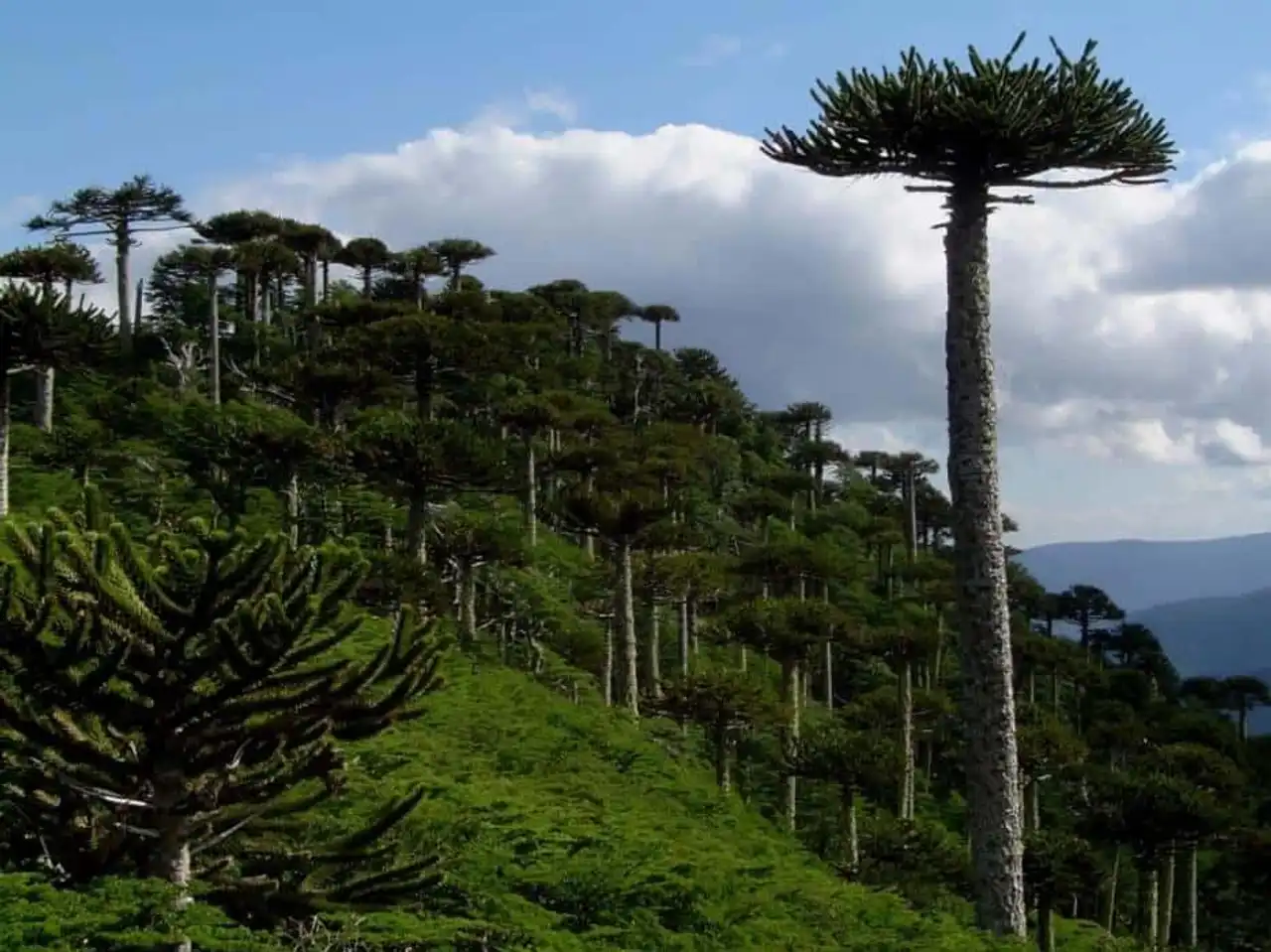
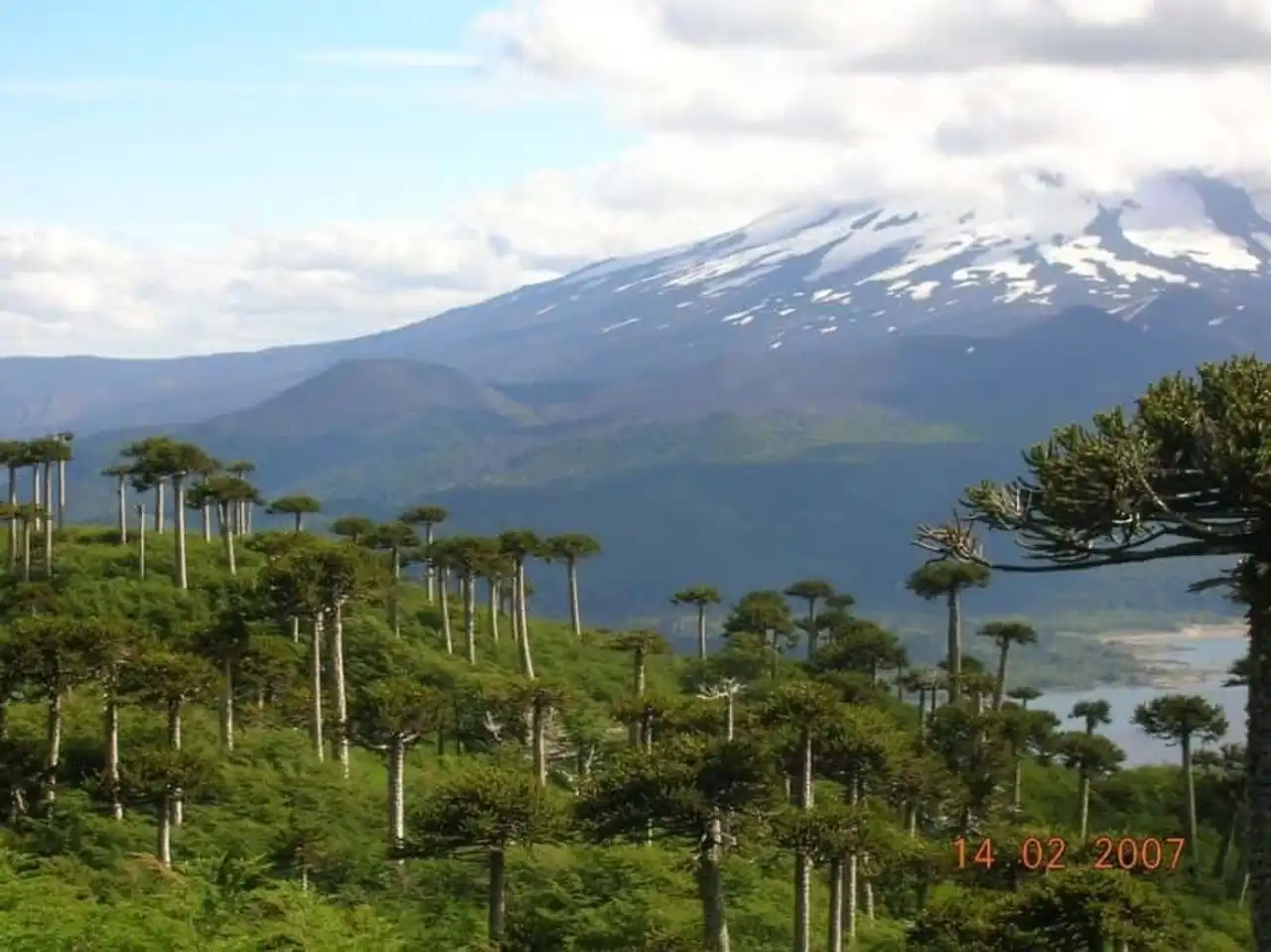
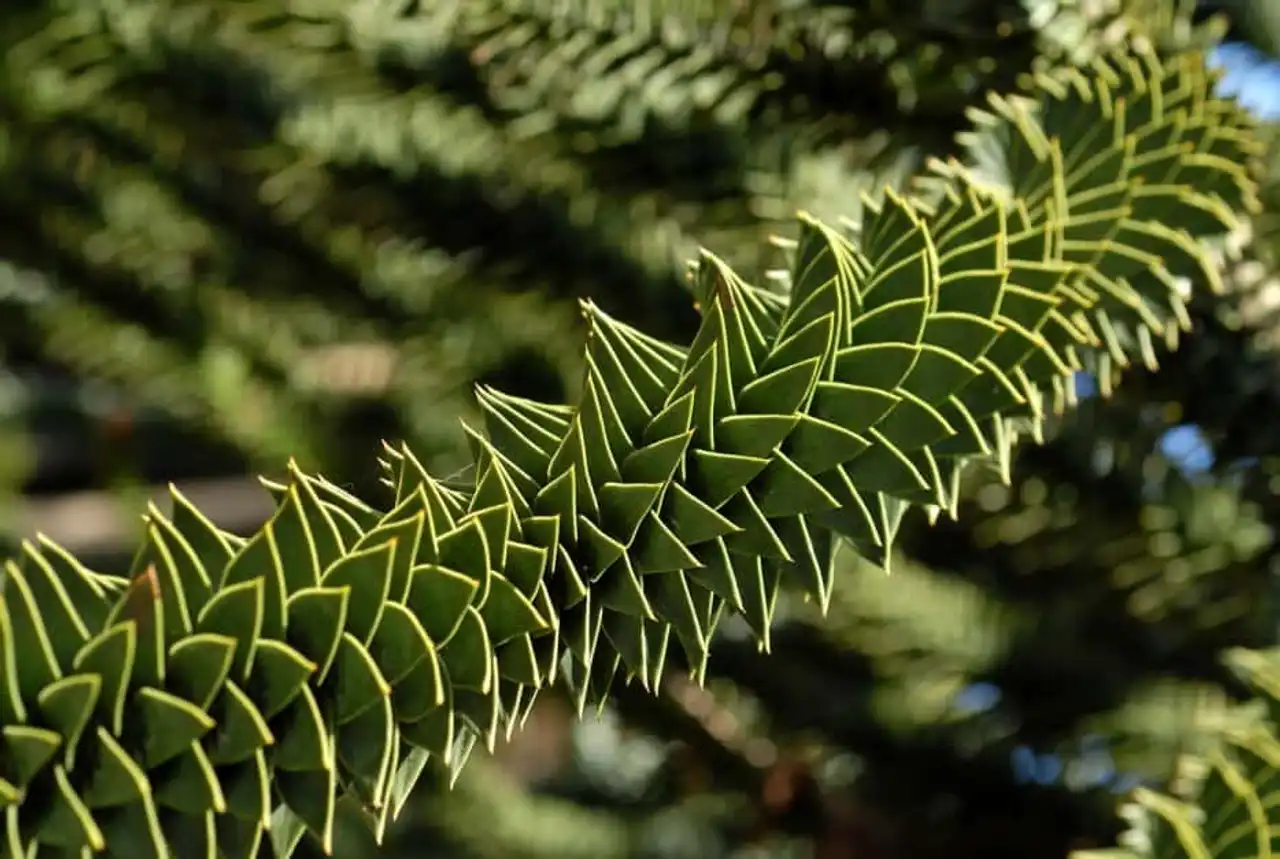
The great Banian of Howrah in India
Perhaps one of the most spectacular forests in the world, all of the 3300 "trees" of this forest are actually the aerial roots of this single Bengal fig tree of 250 years. Even lighter, the main trunk of the solid tree was removed in 1925, following lightning which fell on it, but the remains of the tree still live and continue to grow, representing today an area of 1.5 hectares. 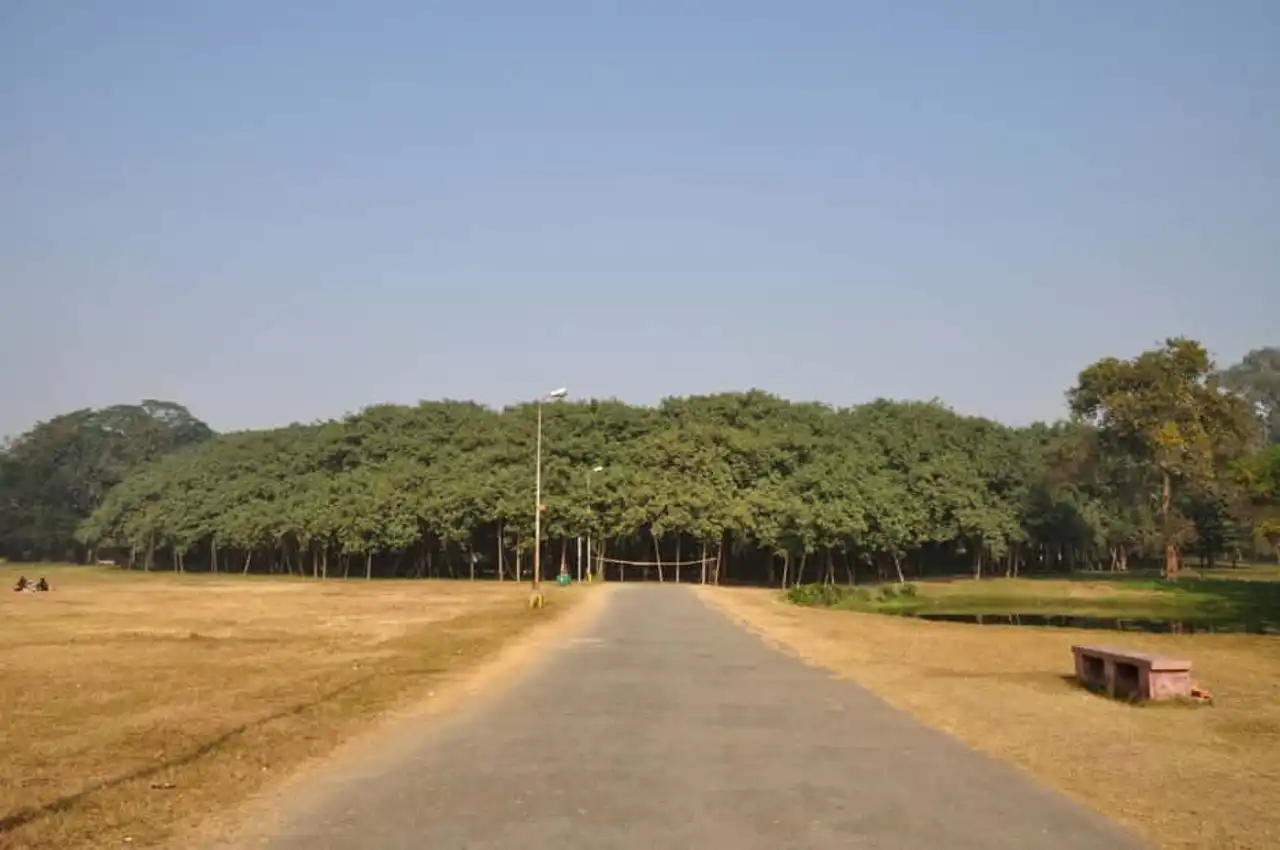
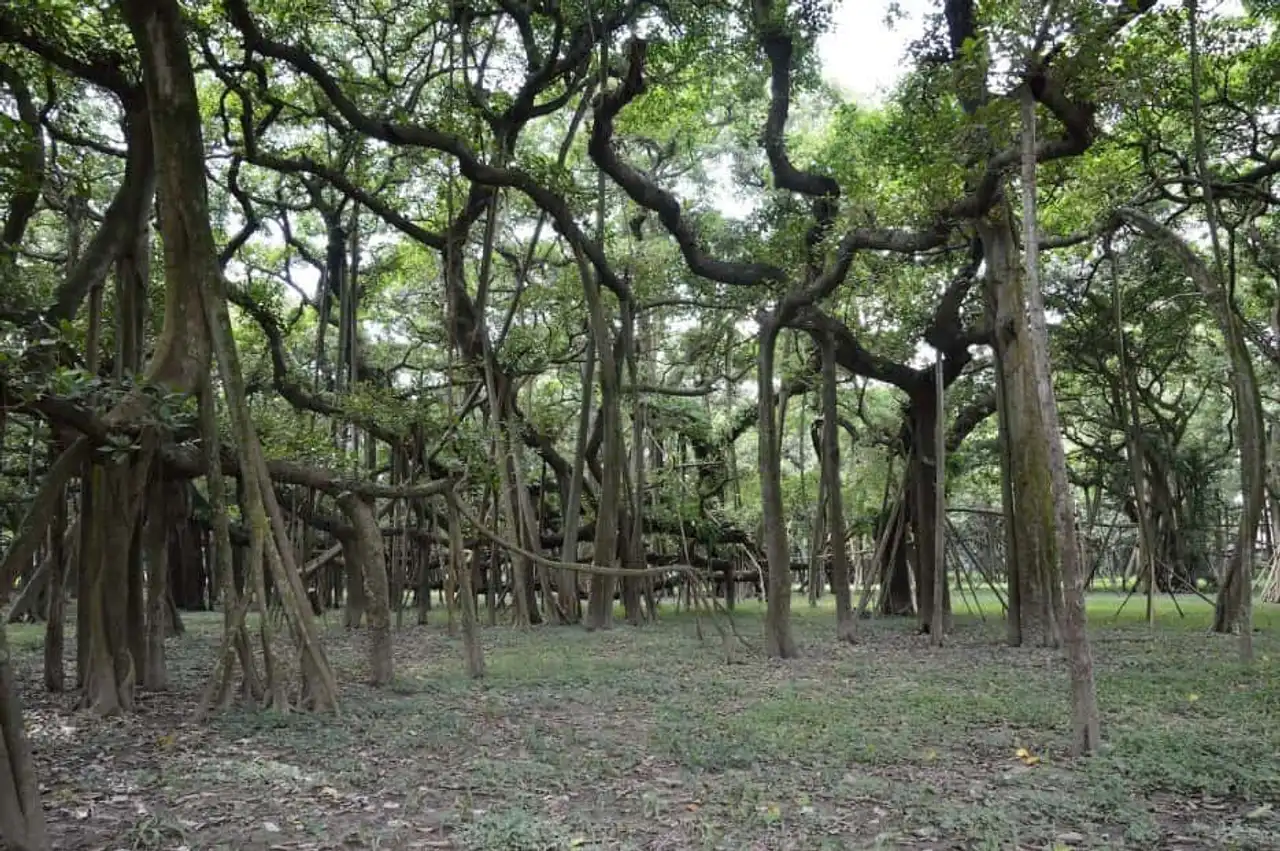
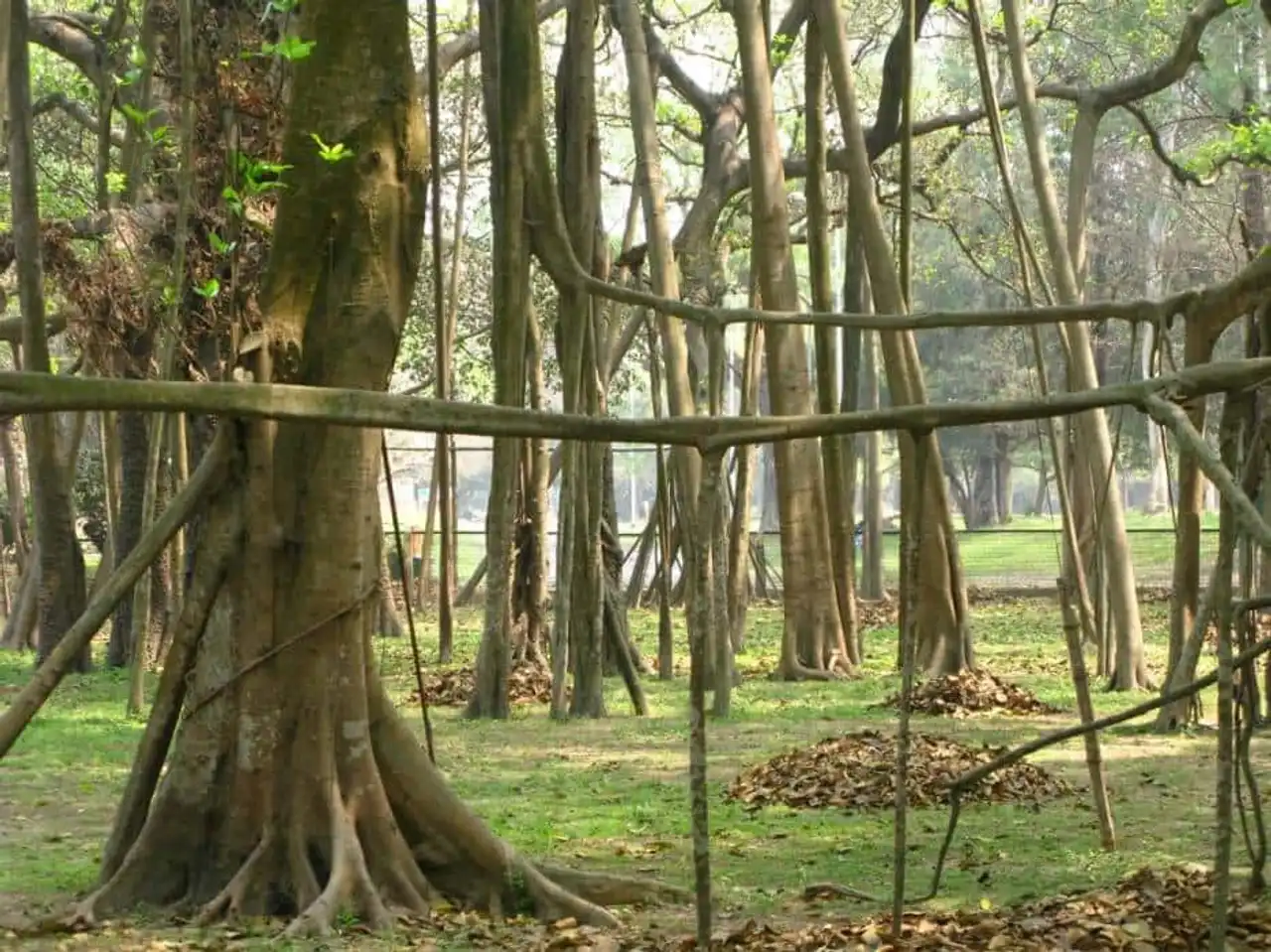
The forest Hang Son Doong Cave Vietnam
At the border between Laos and Vietnam, which makes this forest so special, is that it is completely underground, inside the largest cave known in the world. To get there, you must go down as a reminder of the immense opening of the cave, which had been kept completely intact by man until 2009. 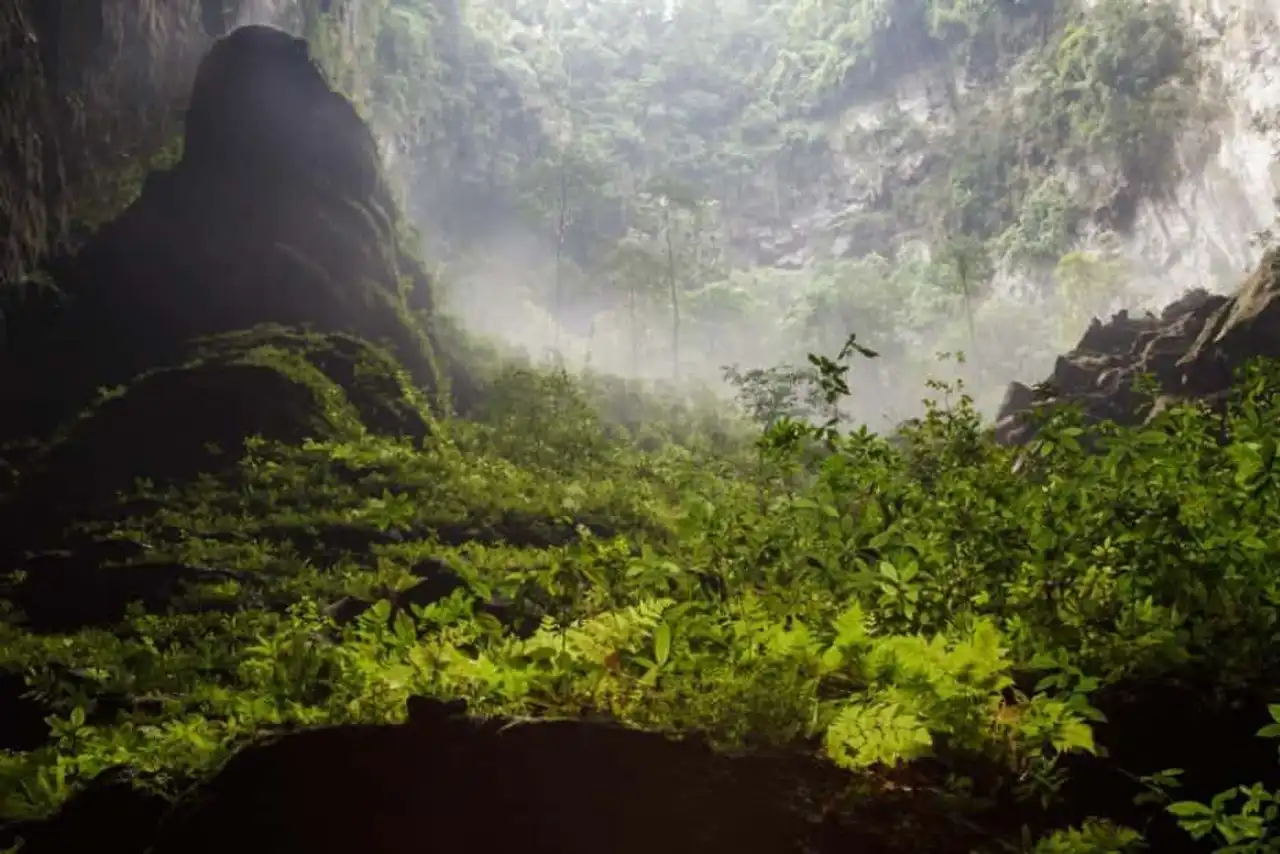
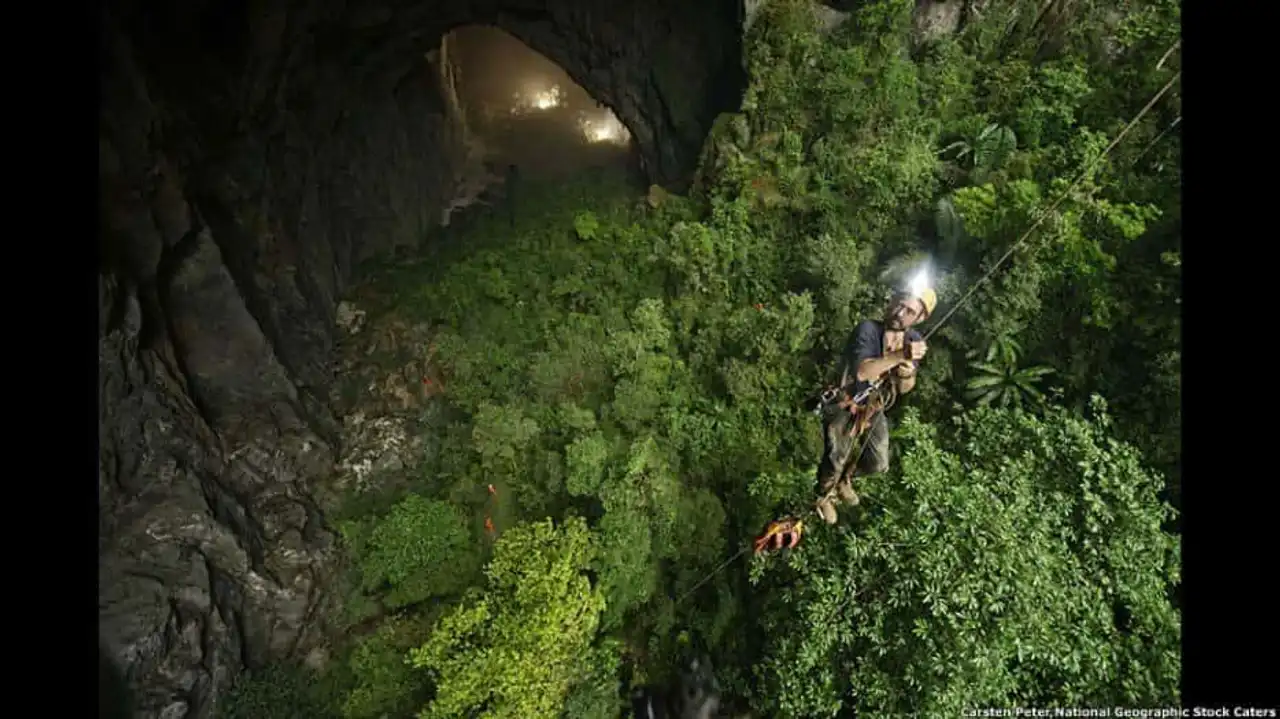
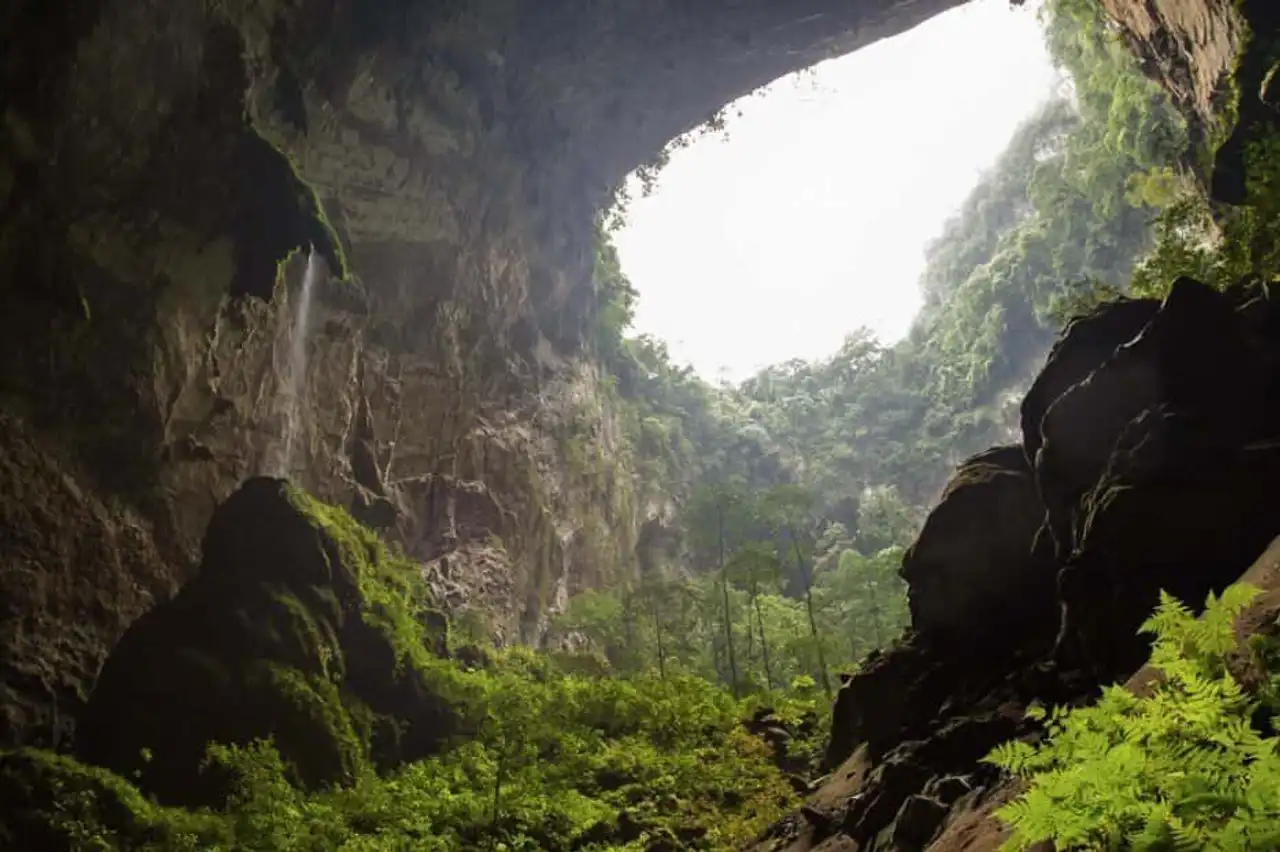
Aokigahara Forest in Japan
This "Arbre Sea" (35 km2) in Japan is unusually quiet because no fauna lives there. And this is the least scary part about him. This is the most popular place across the country to commit suicide. Each year (since the 1950s) between 50 and 150 suicides occur in the Aokigahara Forest, a body of which only some are found and evacuated. 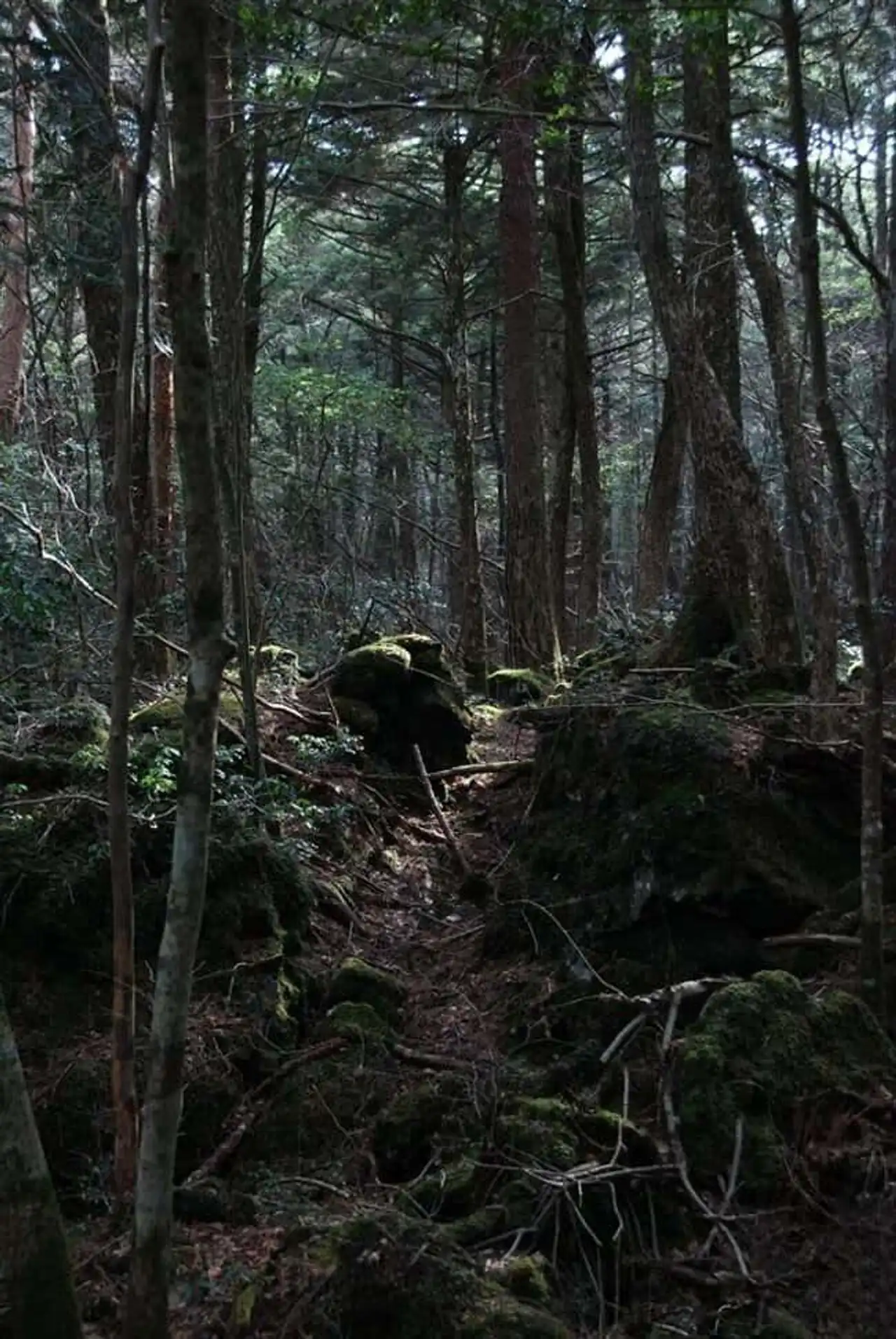
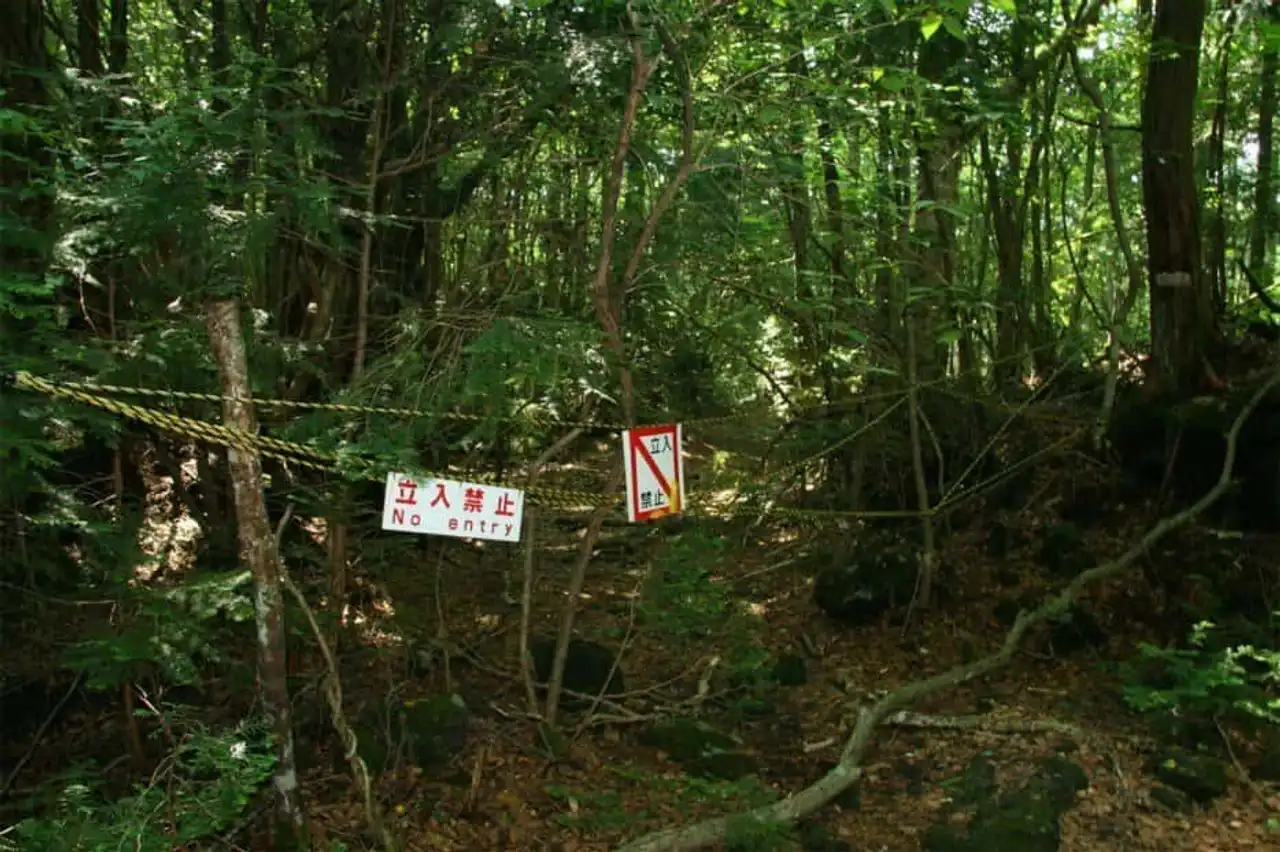
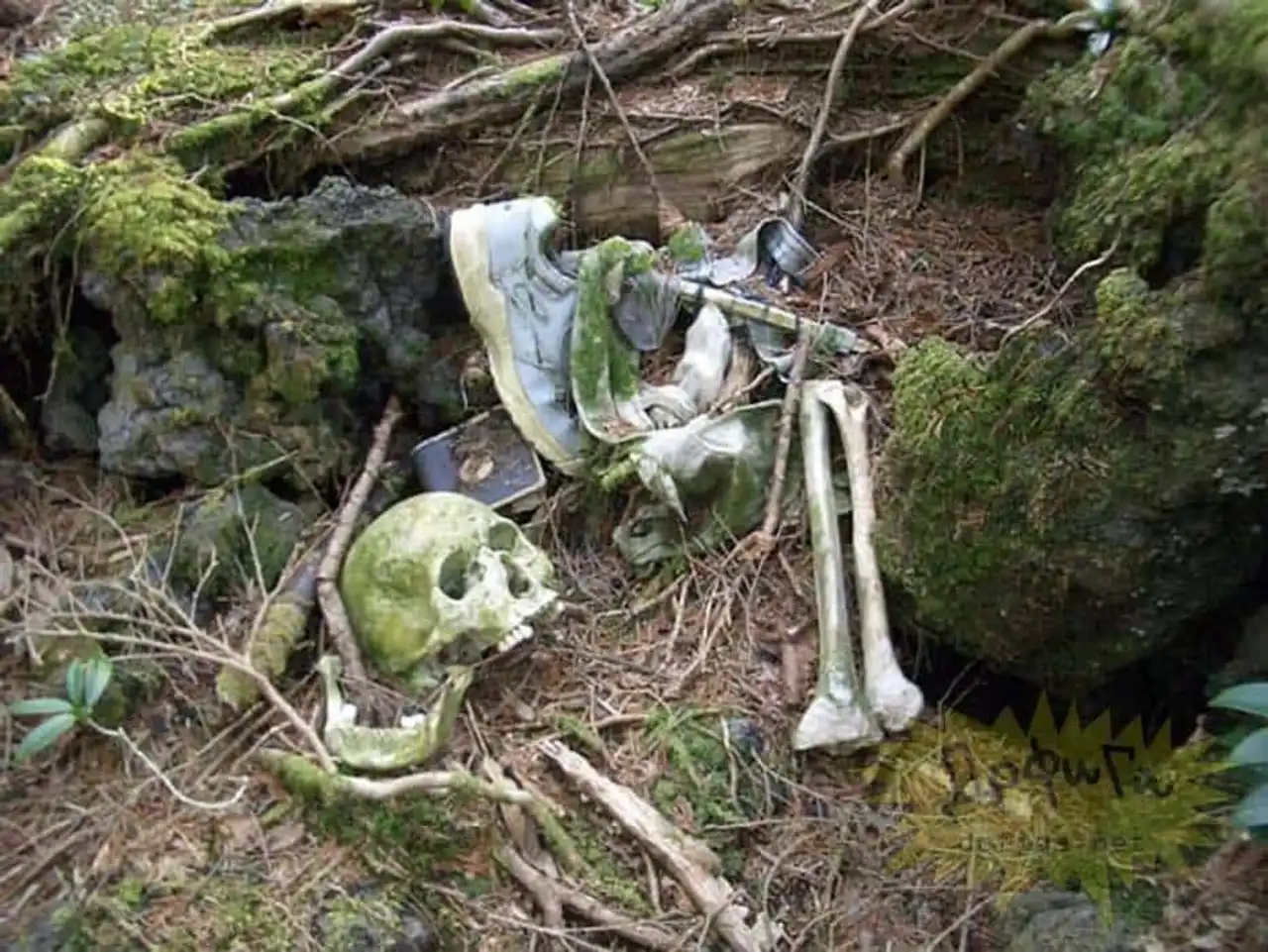
Bonus: Wind-swept Trees in New Zealand
The extreme winds of Antarctica that fell down on Slope Point, the southernmost point of New Zealand, forced these trees to grow in this angle. 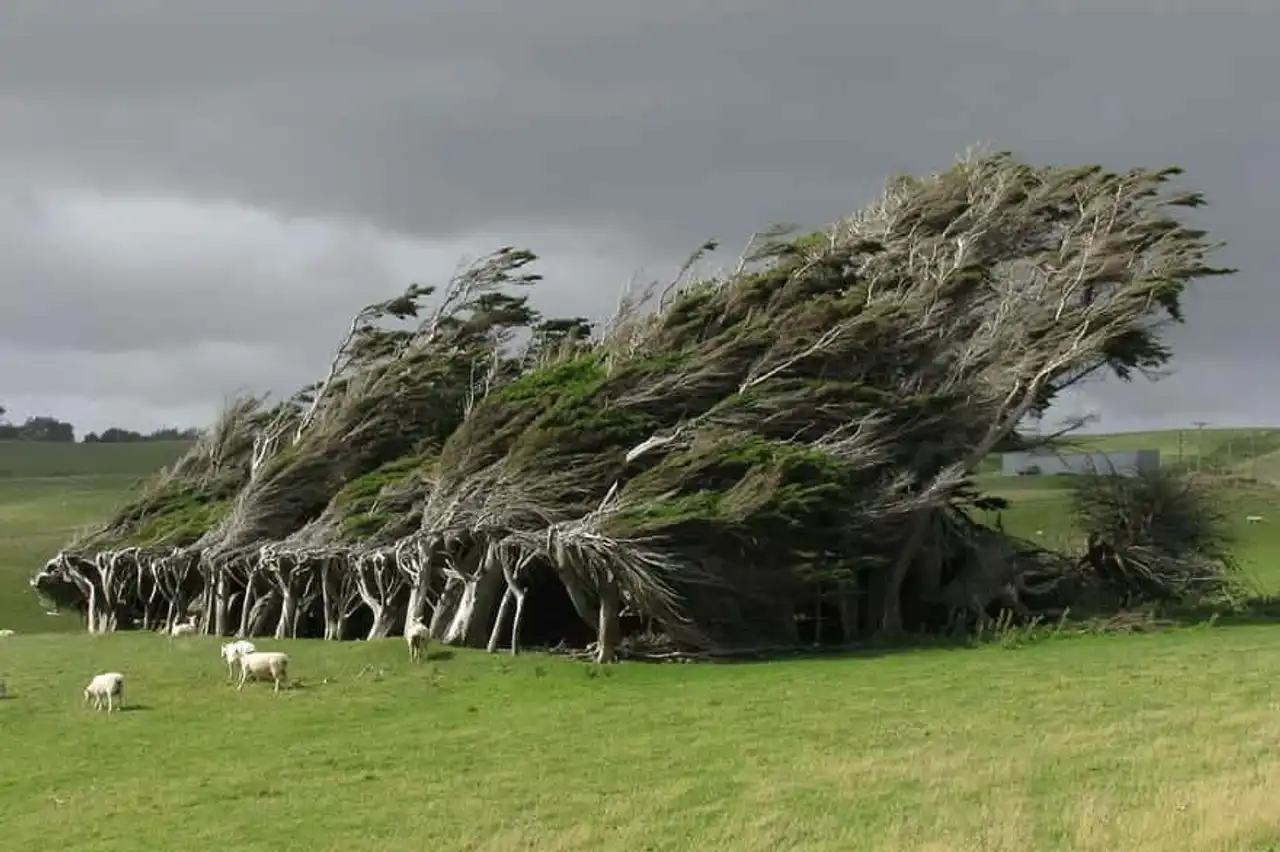
Photo source: Distractify




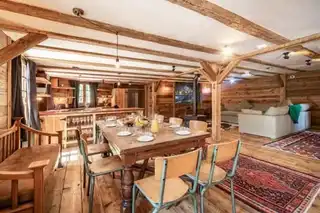
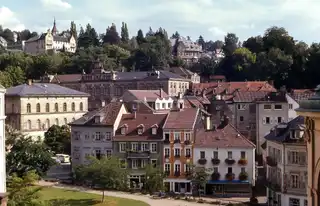

Loading comments ...